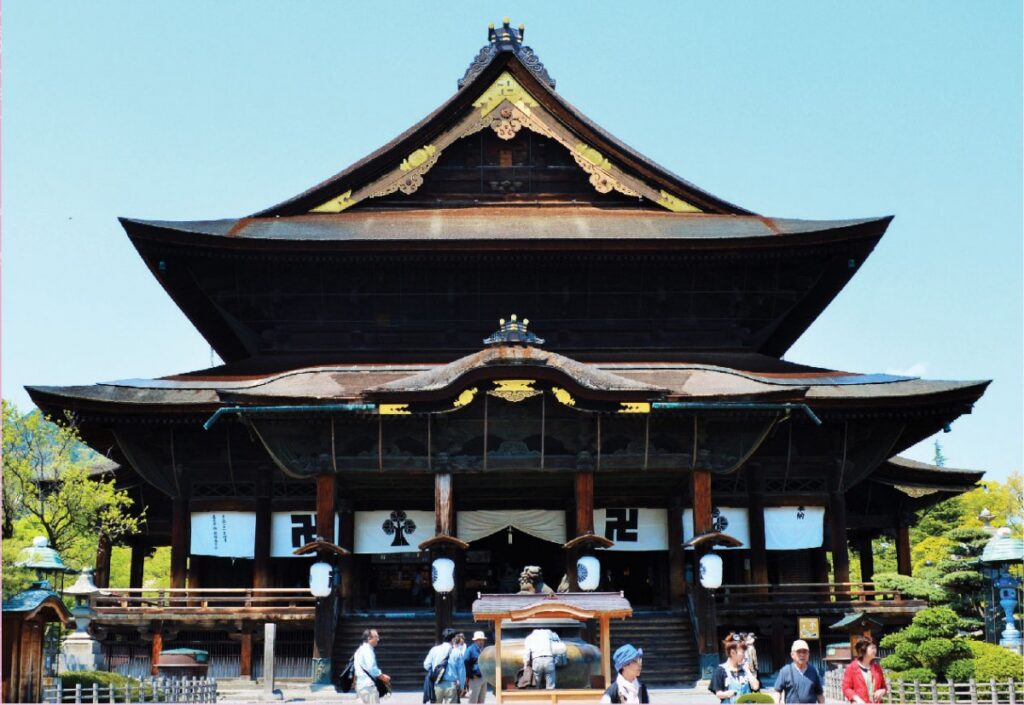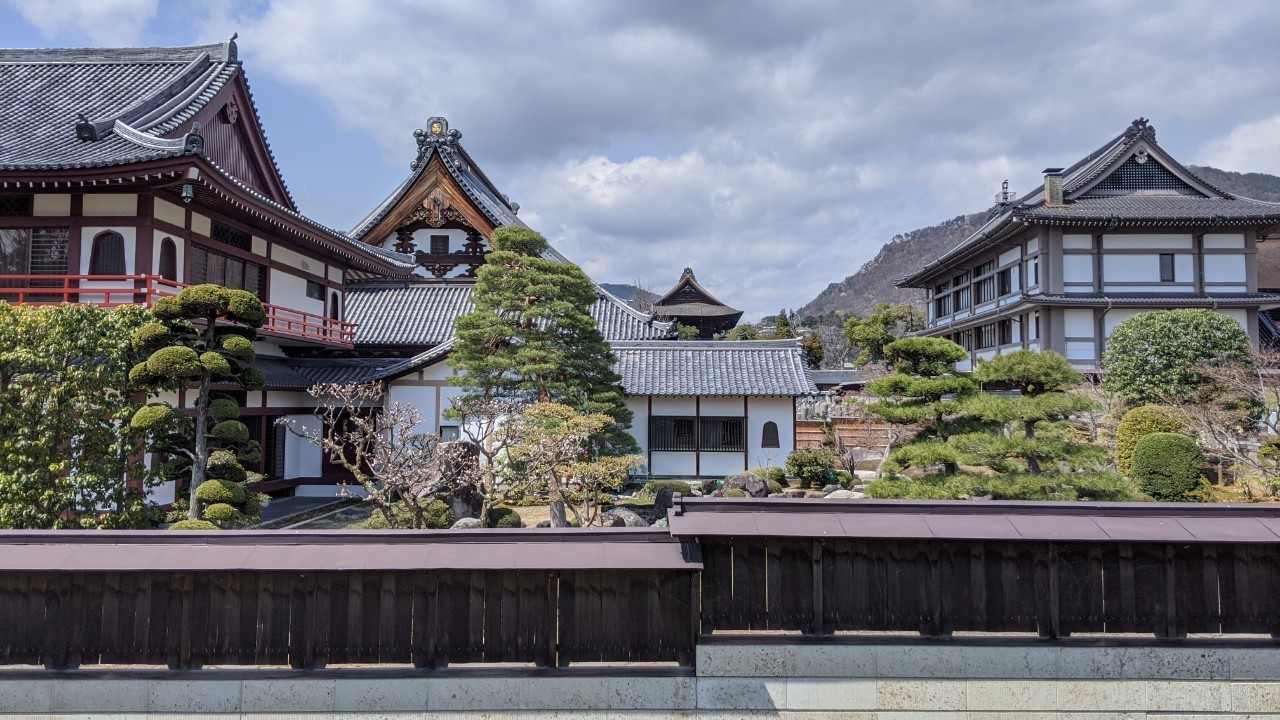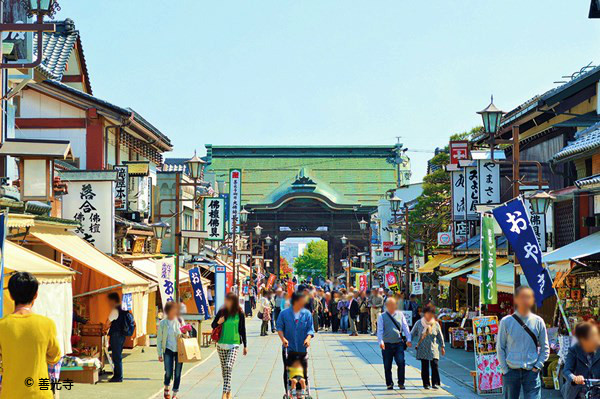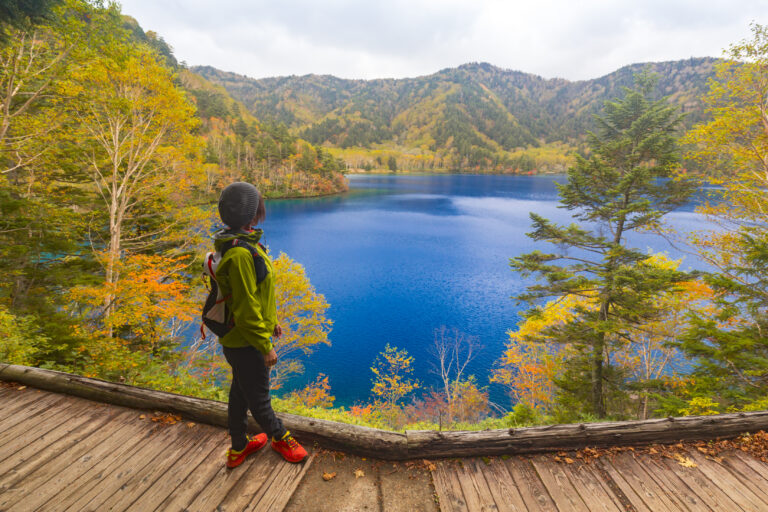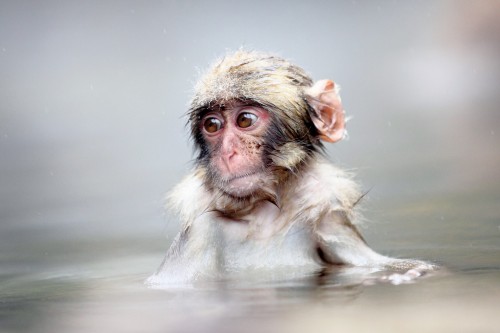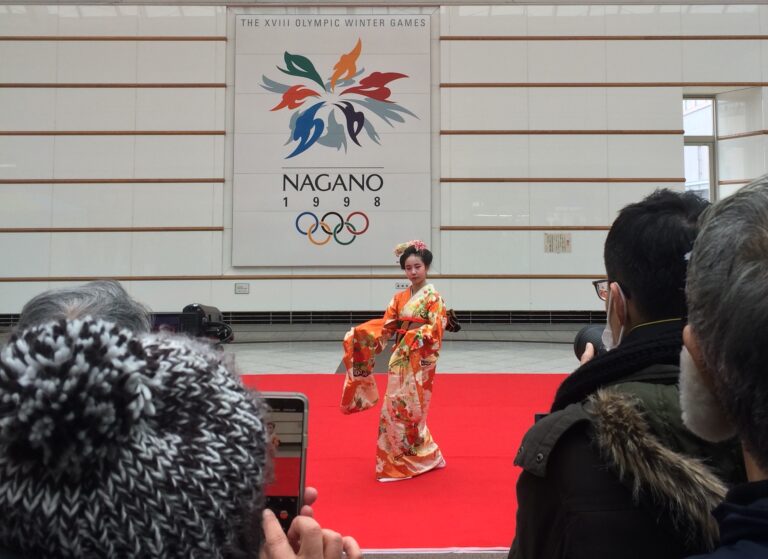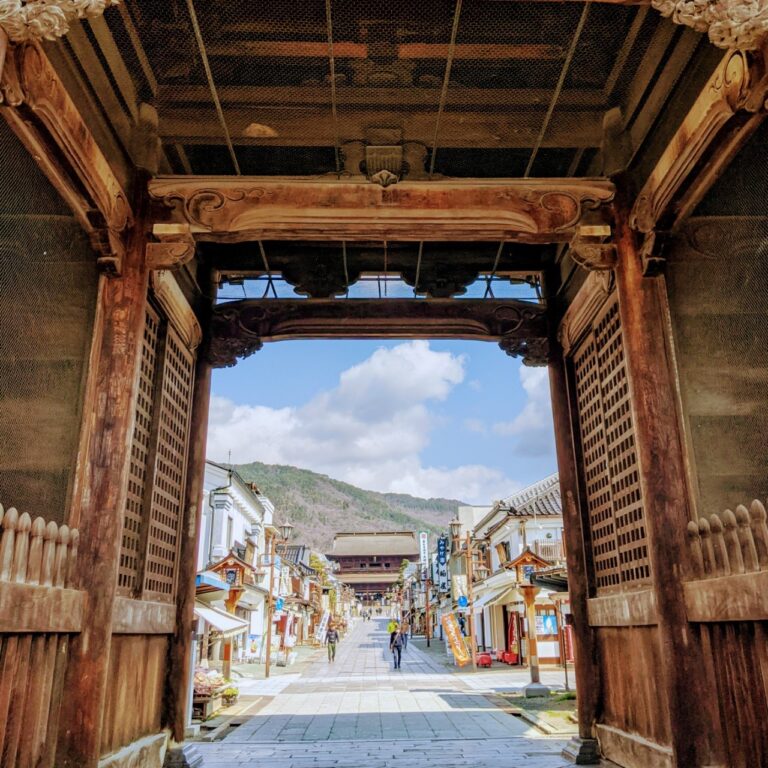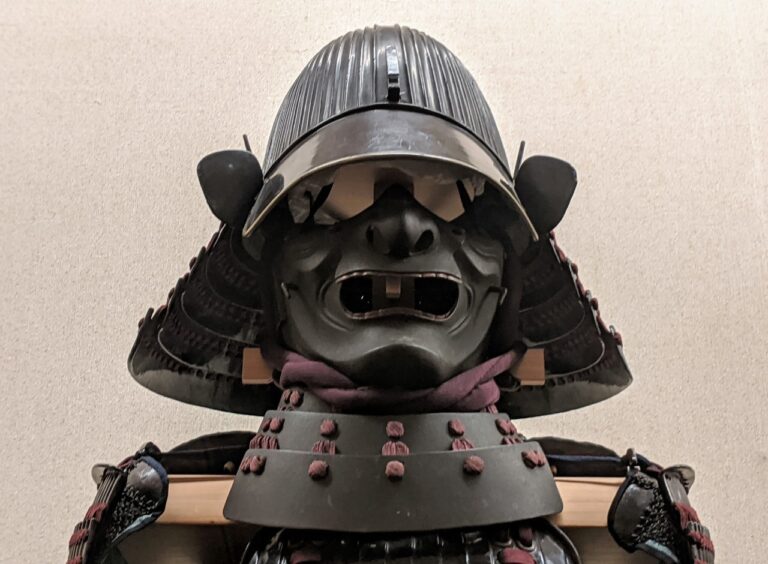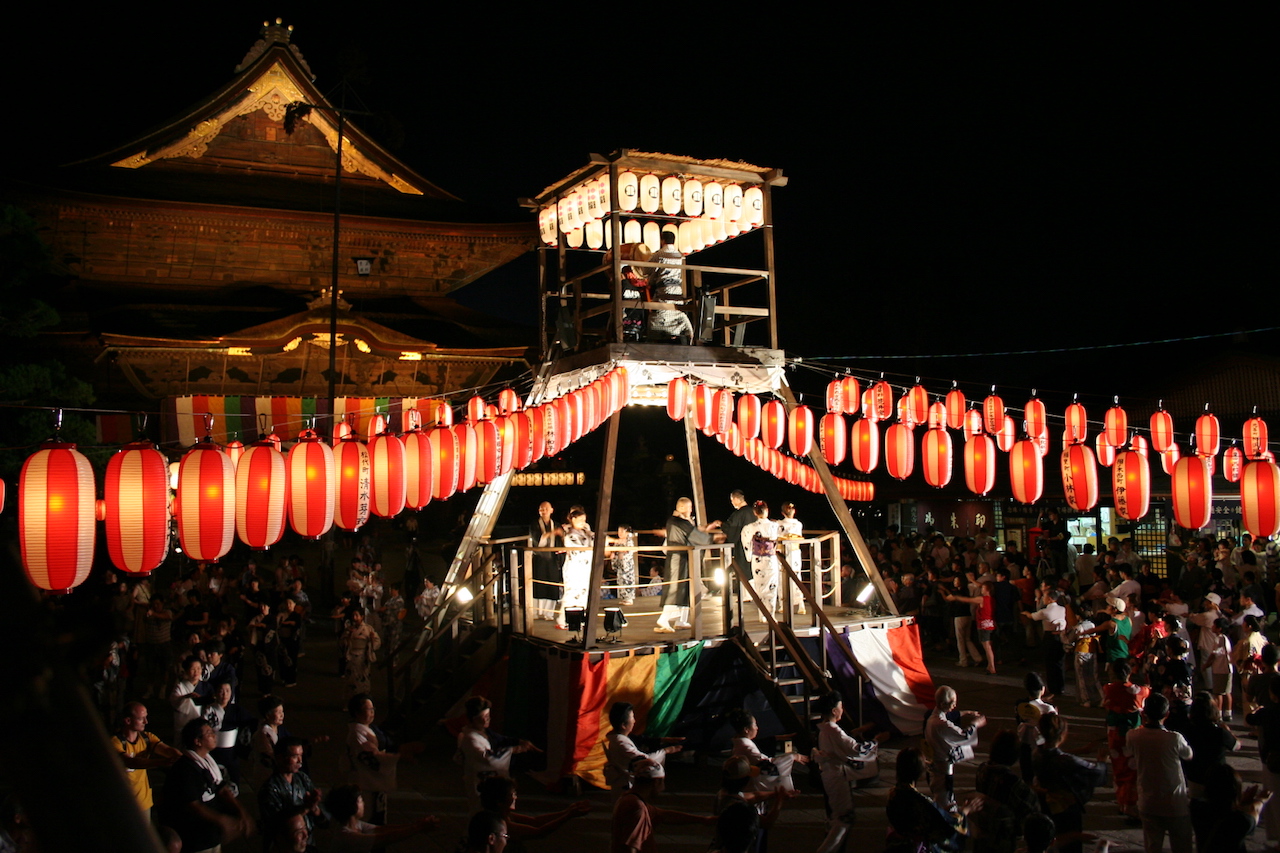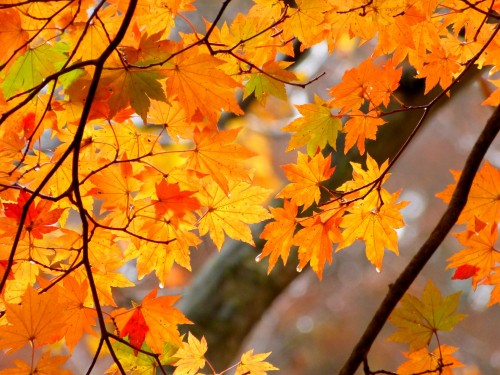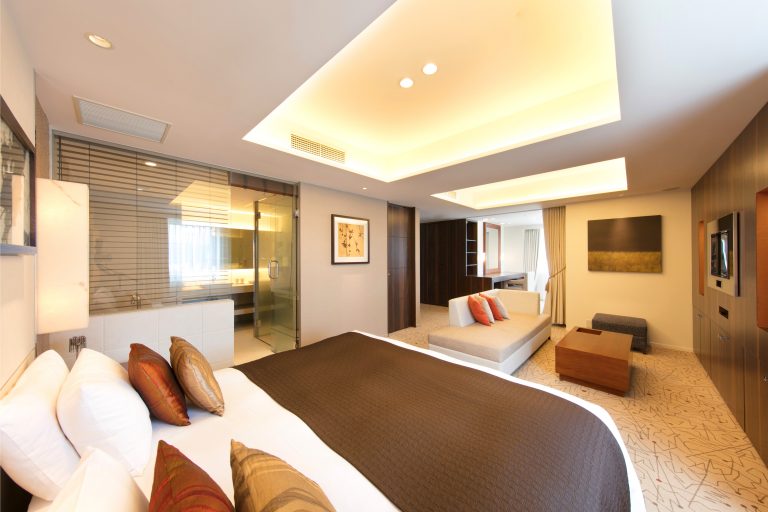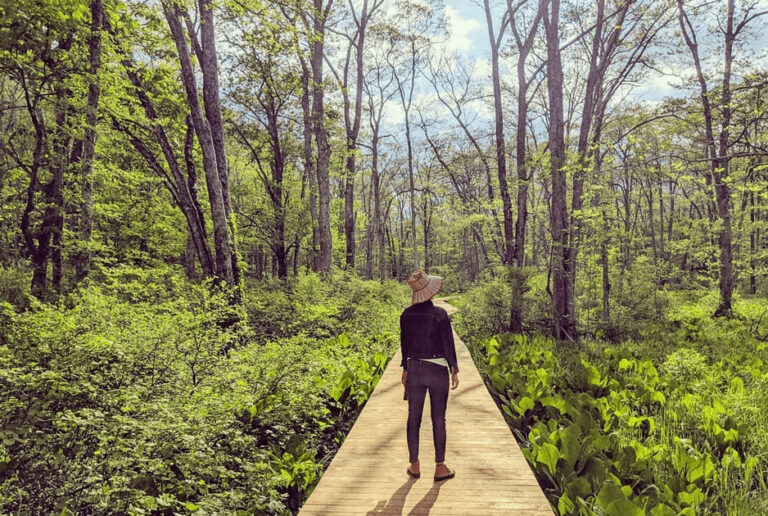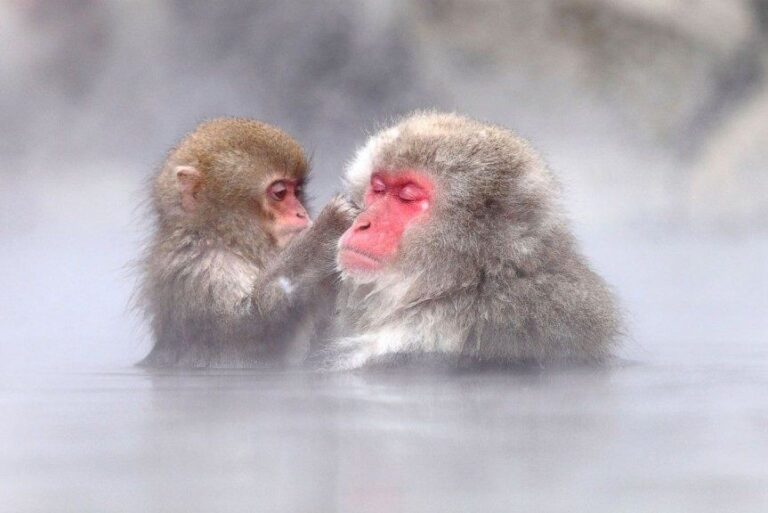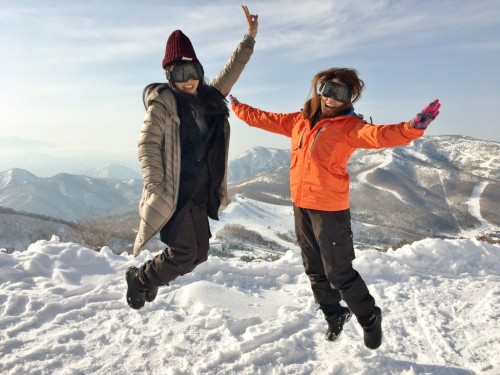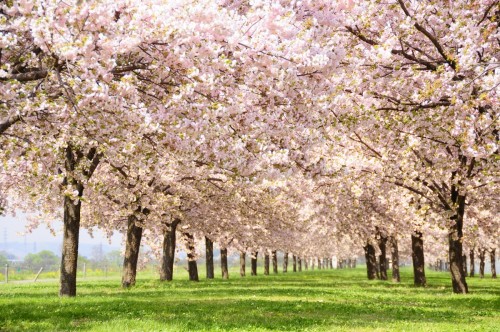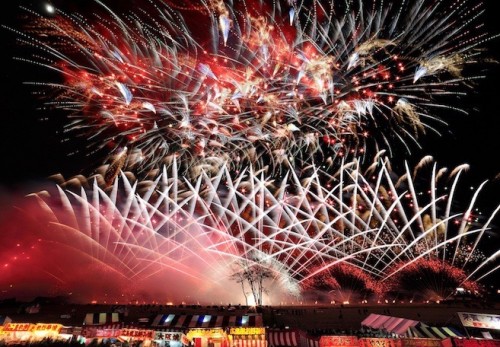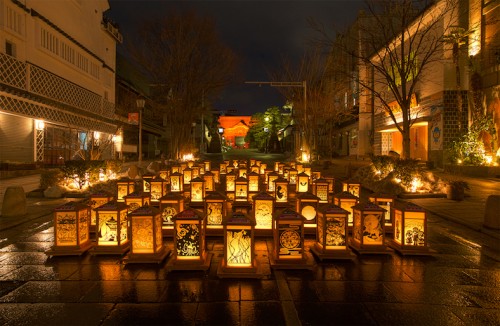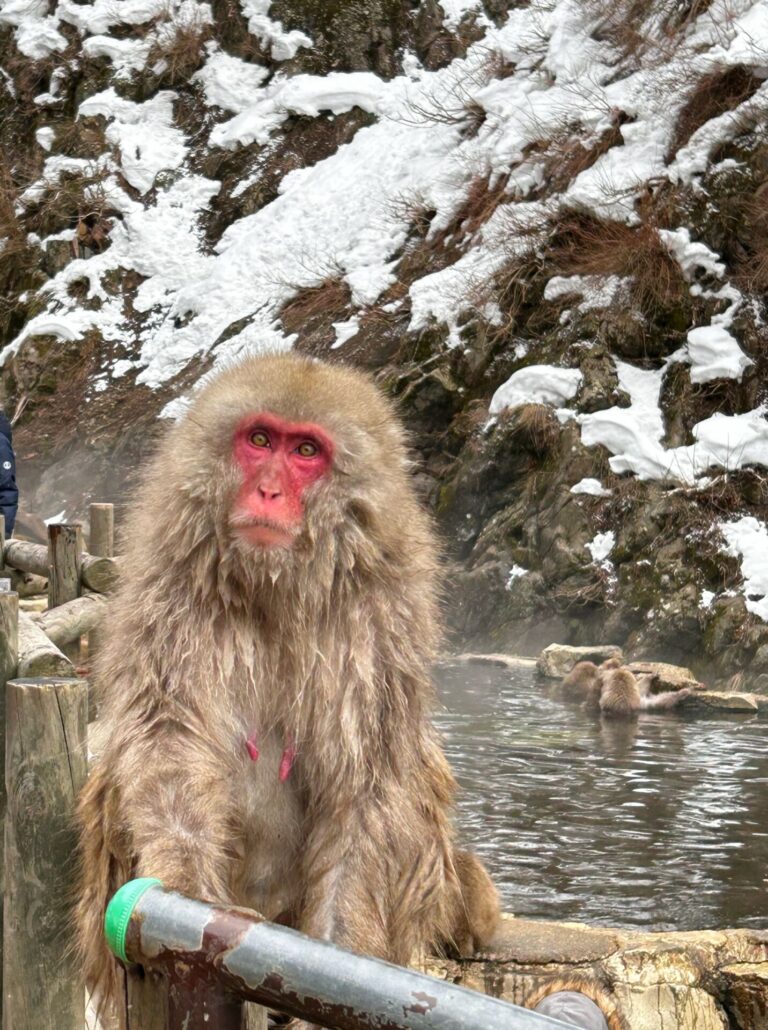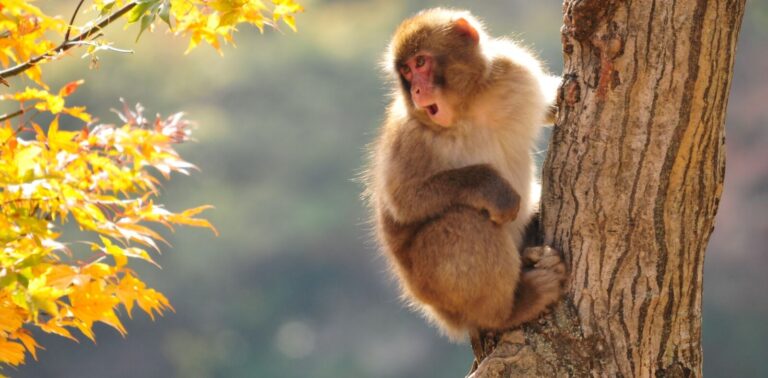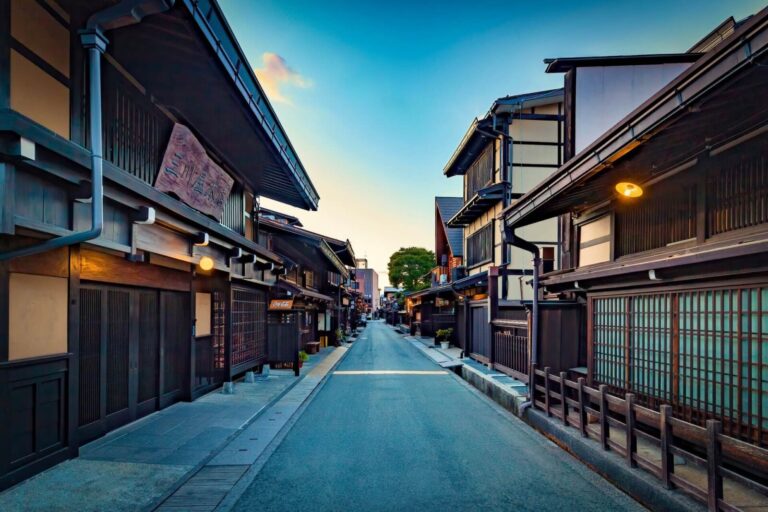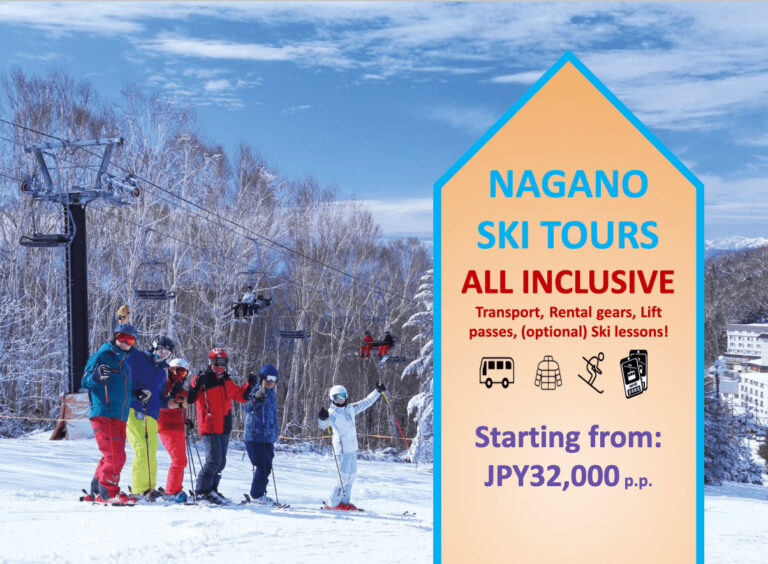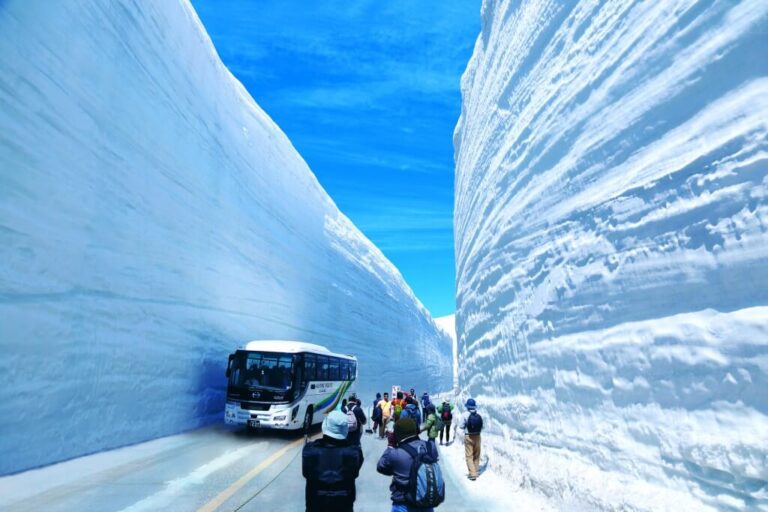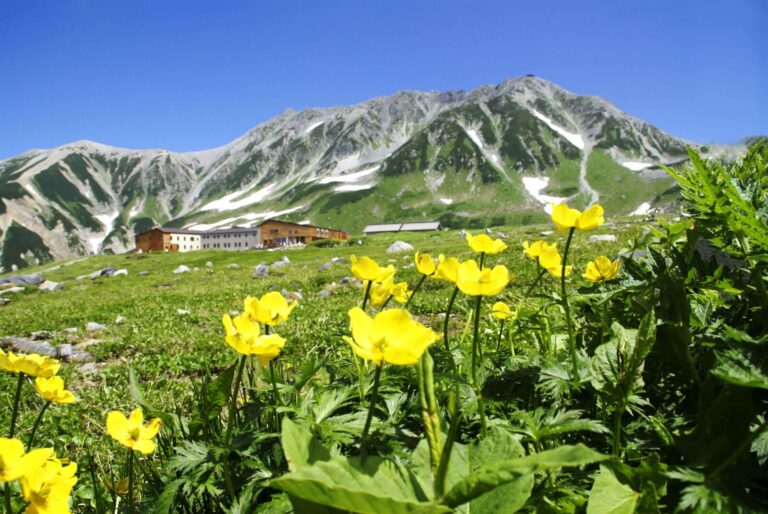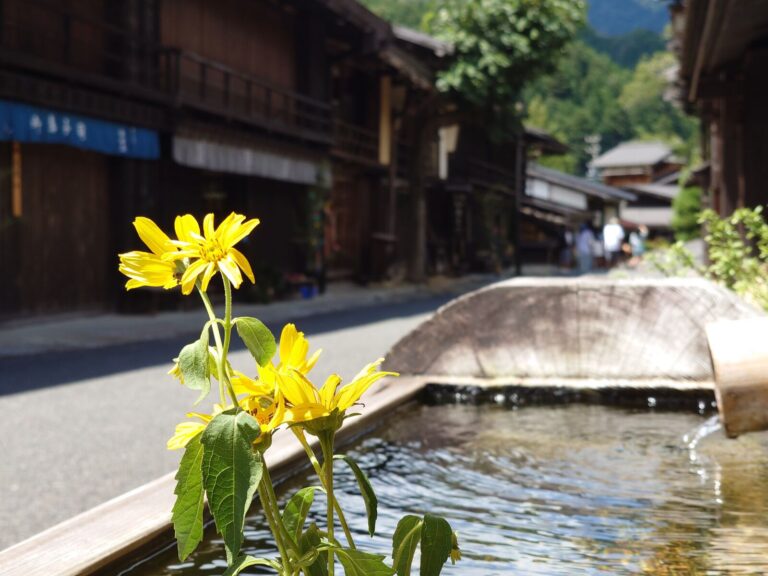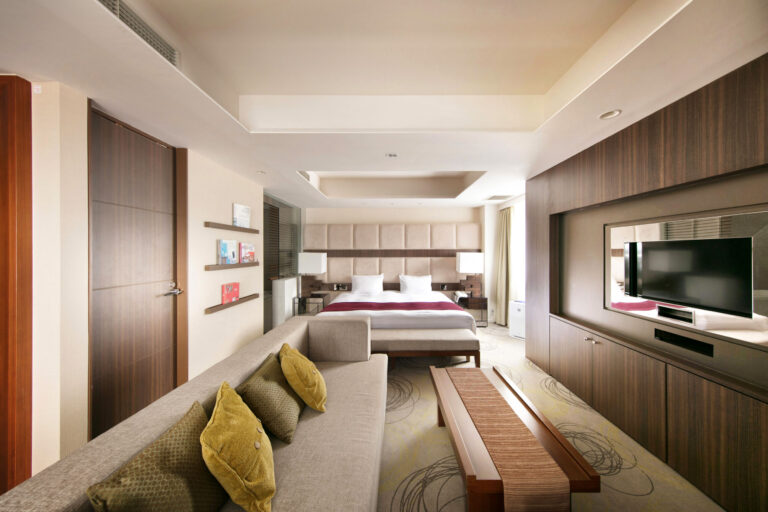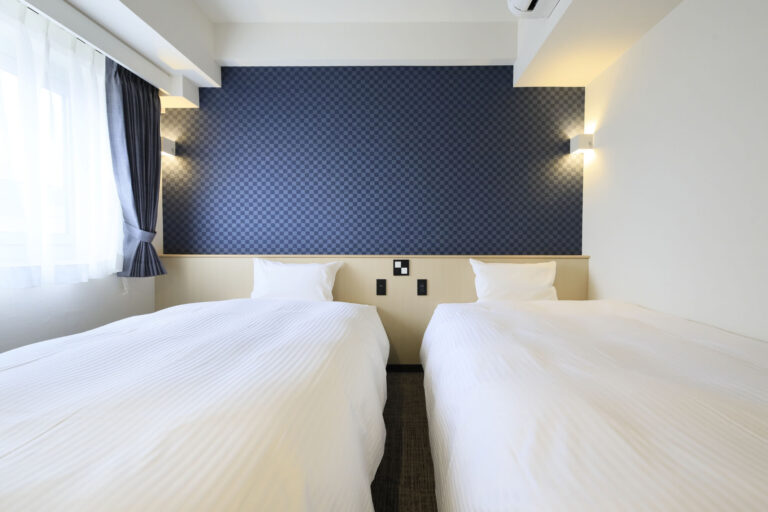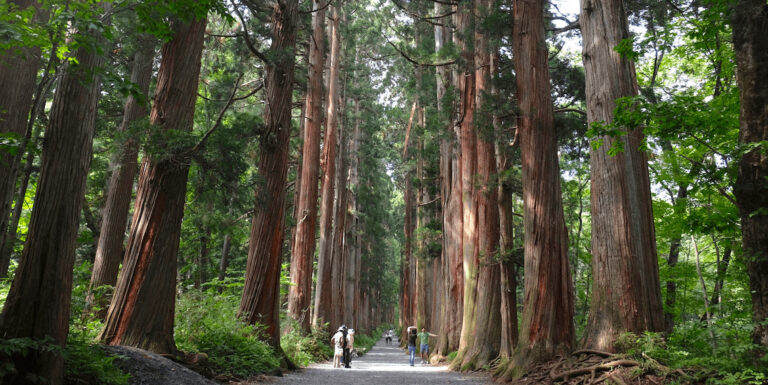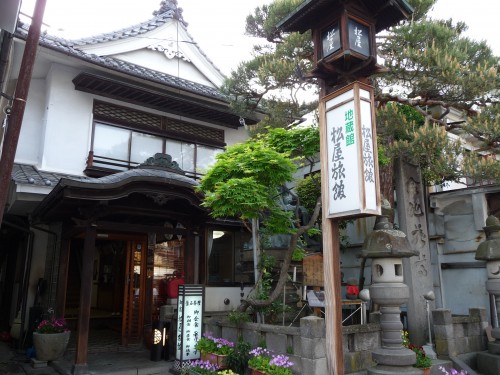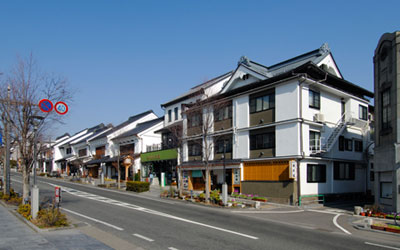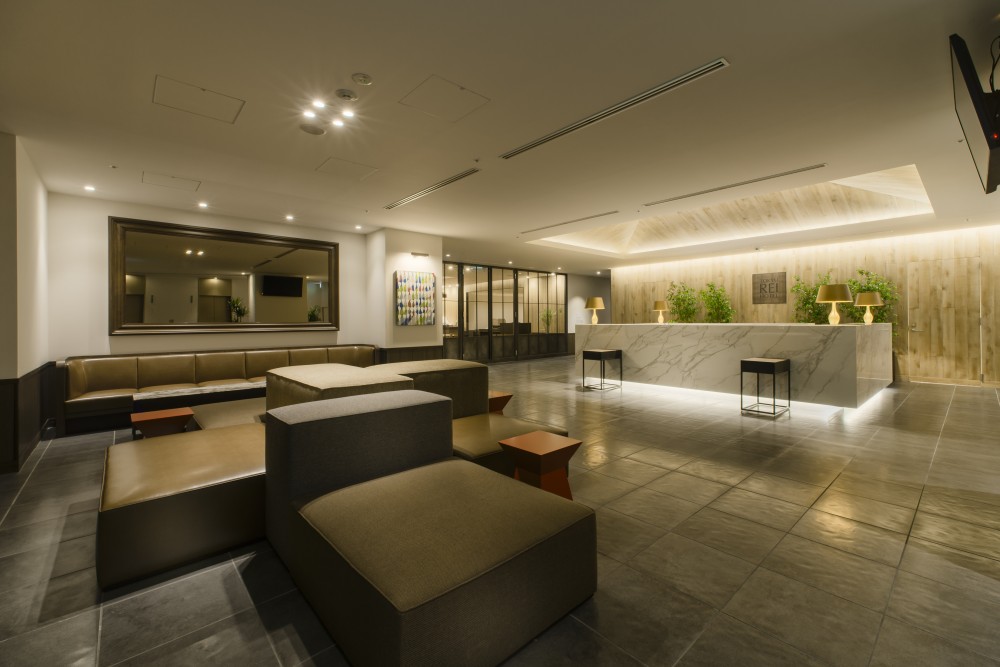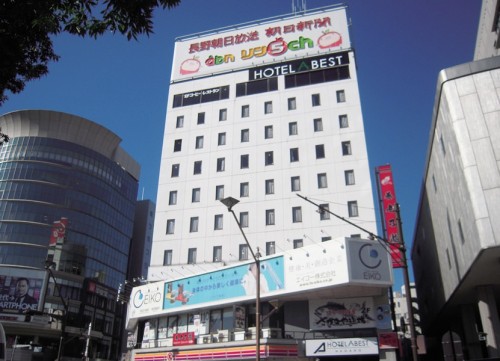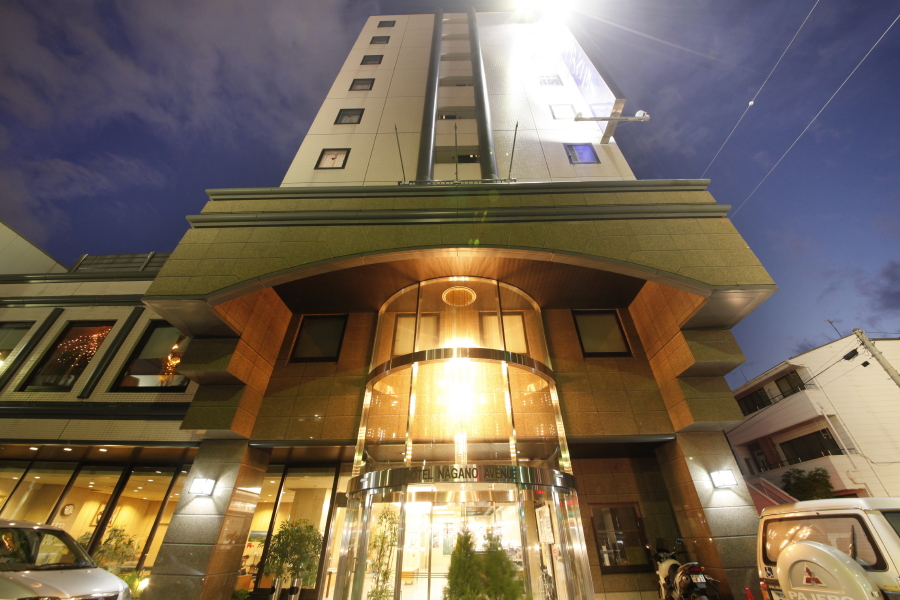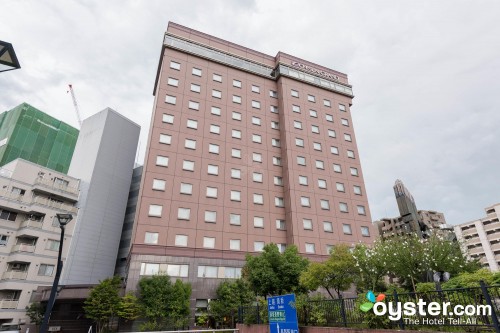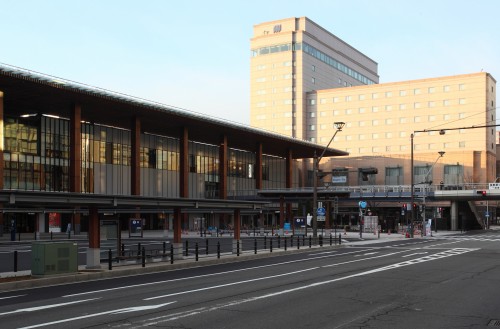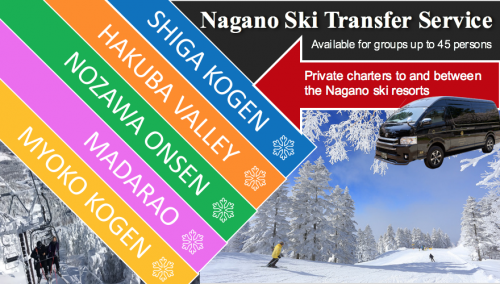Zenkoji Temple
Less than 30 minutes walk from Nagano Station, Zenkoji is one of Japan’s oldest and most important Buddhist temples. Built in dedication to the first known Buddhist statue to be brought to Japan, the temple has stood watch over the city – in one form or another – for nearly 1400 years. To this day, Zenkoji remains an important destination for Buddhist pilgrims while also being one of Japan’s most open and welcoming temples. A morning ceremony is performed every day with visitors of any background or faith invited to attend. The temple also plays host to many events, festivals and celebrations throughout the year and remains the spiritual heart of the region.
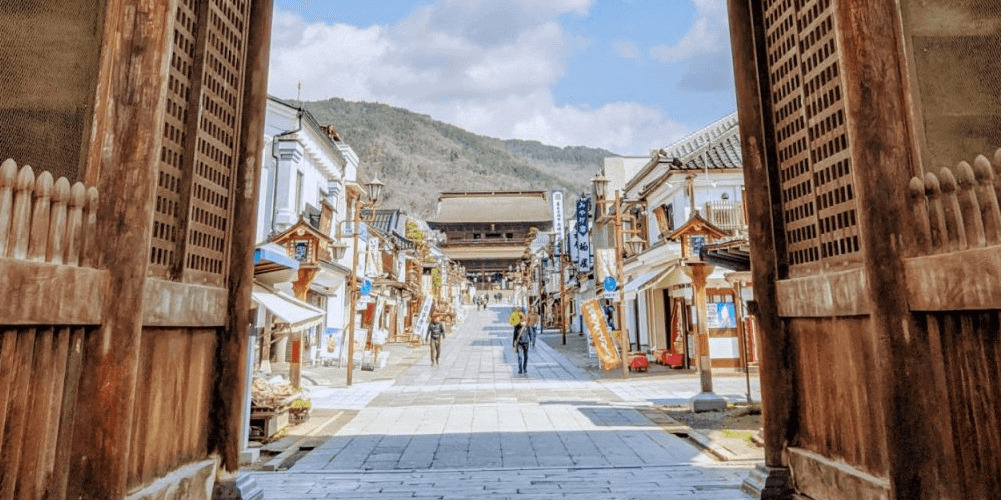
Established in 642, the story of Zenkoji is intertwined with that of Nagano itself. The city grew-out from the temple precinct and to this day, Zenkoji retains its importance in the daily lives of Nagano’s residents. The temple’s main hall is a registered National Treasure, housing the ‘hibutsu’ or ‘secret buddha’ statue. Now hidden from human view, the legend of the statue imbues the temple with an air of mystery manifest in the ‘kaidan meguri’ – a dark tunnel which leads visitors under the temple to the point below where the statue is now said to be kept. Completely black, those who enter guide themselves only by touch in search of the ‘Key to Paradise’, a physical object hidden in the tunnel awaiting discovery.
— Zenkoji and Japanese Buddhism
— Zenkoji Festivals and Seasonal Events
— Things to Do At and Around Zenkoji
— Nightlife in Nagano: After Dark Around Zenkoji
— Accommodation Around Zenkoji
— Tours and Charters Visiting Zenkoji
As one of Nagano’s best attractions, and one of the most spiritually and historically important sites in Japan, Zenkoji has a lot to offer any traveler. Surrounded by a lively grid of shopping streets and historic cobblestone avenues, foodies and fans of shopping will also find something to keep them entertained!
1 Day Tour
| Half-Day Tea Ceremony and Zenkoji Experience Tour | |
| Period | All Year Round |
| Time | 12:15-16:30 |
| Meeting Place | Nagano Station |
| Adult Rate | ¥14,500 |
| Child Rate | ¥9,900 |

Zenkoji has a lot to offer, and on this fun half day tour your guide will lead you right into the heart of its history and traditions. Including a tea ceremony experience, sake tasting, and even a Buddhist Fire Ceremony, you can enjoy Japan’s unique culture in only a short amount of time. Click the banner above for more details!
2 Day Tour
| Tea Ceremony and Zenkoji Experience Tour with ‘Shukubo’ Stay | |
|
| |
| Period | All Year Round |
| Time | 12:15-16:30 |
| Meeting Place | Nagano Station |
| Adult Rate | ¥33,800 |
| Child Rate | ¥26,800 |

To enjoy the same tour as above with an included ‘Shukubo’ (pilgrims inn) stay, look no further. Your guide will help check you into your lodging, inside the Temple grounds, after your other activities are completed.
WHERE IS ZENKOJI TEMPLE?
Located only a 30 minute / 2 km walk from Nagano Station, Zenkoji lies at the northern edge of Nagano City close to the mountains which surround the area. The cultural heart of Nagano City, the area surrounding the main temple also includes many smaller temples, gift shops, restaurants, and more, all along the beautiful avenues which make up this traditional section of Nagano City. One of the easiest ways to reach Zenkoji from Nagano Station is simply to walk – at a normal pace it will take less than 30 minutes, and serve as a great way to see the city up close while heading to your destination. Simply head north along the road known as ‘Chuo-Dori’ and before long Zenkoji will appear at the end of this long street. Buses are also available from the station, leaving from the north side. From the ‘Zenkoji Daimon’ bus stop, it is only a 10 minute walk to the main hall. The temple is also accessible by using Nagano City’s Nagaden Line subway. From Nagano Station, you need only ride for 5 minutes to reach ‘Zenkoji-Shita’ Station, from where it is a further 5-10 minute walk to the temple.
THE HISTORY OF ZENKOJI
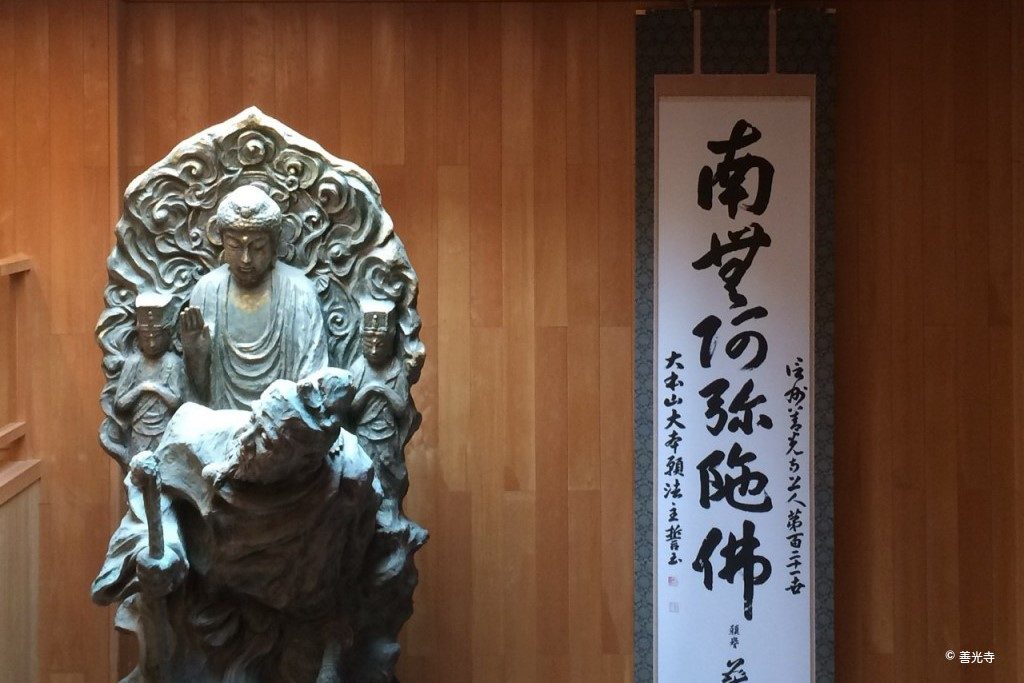
Established in 642 by a man named Honda Yoshimitsu, Zenkoji is one of the oldest, largest and most important Buddhist temples in Japan. Built in dedication to the first known Buddhist statue to be brought to Japan (sometime in the 6th century from Korea), Zenkoji predates the establishment of the many specific schools of Buddhism that now account for the numerous temples found throughout the country.
According to myth, the statue was lost in a conflict between pro and anti Buddhist groups, but was miraculously found by the above mentioned Honda Yoshimitsu and brought to his house, where he made the Zenkoji Temple and hid the statue from view. Although there is not much in the way of evidence for the story, it is accepted as the origin of the temple by believers and even reflected in the name – Zenko is merely a different reading of the characters that make up Yoshimitsu (the ‘Ji’ attached to the end means temple).
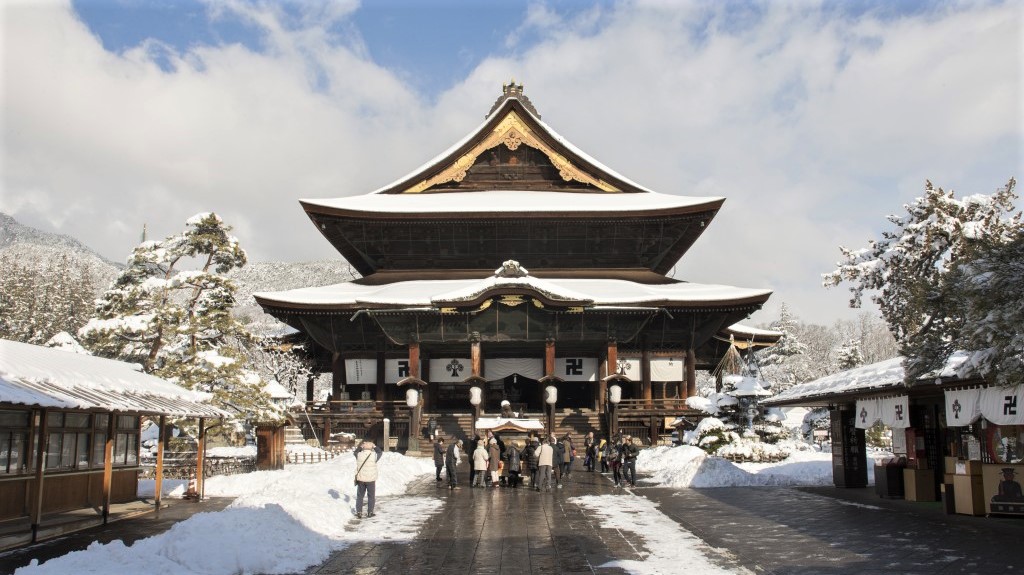
From that time on, the temple grew in fame and importance, coming to us in the modern period as one of Japan’s most historic and well-known temples. After a series of devastating fires, the main hall was relocated a few dozen meters farther north, with construction completing in 1707. Luckily, this impressive piece of Japanese architecture has survived until today and still serves as the main hall of the temple, greeting visitors as it has for hundreds of years.
While the statue to which the temple is dedicated is always hidden, even from the monks working on the temple grounds, every 6-7 years a replica of the statue, itself almost 700 years old, is displayed to huge crowds over a period of a few weeks. If your visit to Japan lines up with this event, it is highly recommended to visit and see for yourself the living history of Zenkoji.
ZENKOJI AND JAPANESE BUDDHISM
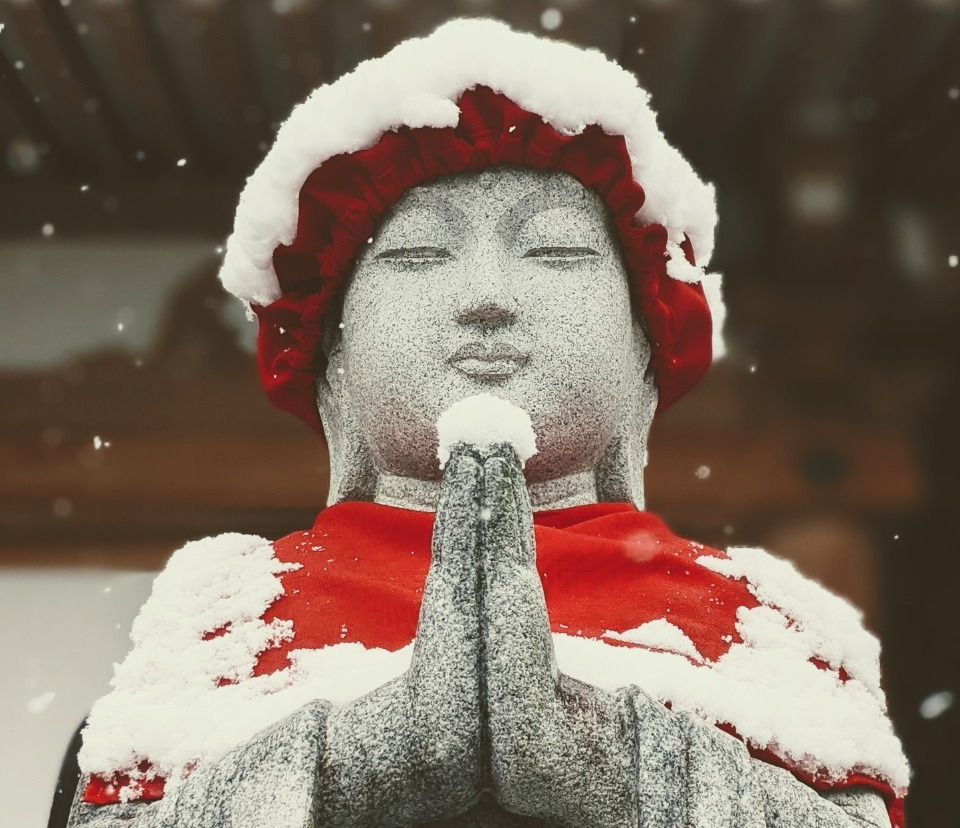
As the home of Japan’s oldest Buddhist statue, Zenkoji is one of the wellsprings of Buddhist thought in Japan and closely intertwined with the development of the religion in this country. Although there are now many temples in Japan, this was of course not always the case – Buddhism, although originating on the Indian Subcontinent some 2,500 years ago, was brought to Japan through the influence of China and Korea only around 1,500 years ago. Early Japanese must have been impressed with the grand architecture, ornate statues, and deep tradition of Buddhism when they first came across it, and it quickly spread amongst the elite.
As touched upon in the previous section however, this was not an entirely unopposed process. Soon, conflict arose between pro- and anti-Buddhist groups, and only after many years was the spread of Buddhist belief throughout the country complete. Throughout the middle ages, Buddhism and Shintoism, the native religion of Japan, co-existed with most people practicing tenets of both. Although there was another period of conflict, and even a short lived nation-wide ban on Buddhism in the early modern era, nowadays Buddhism is a respected part of Japanese culture, with most Japanese opting for a Buddhist funeral even if they themselves do not identify as Buddhist.
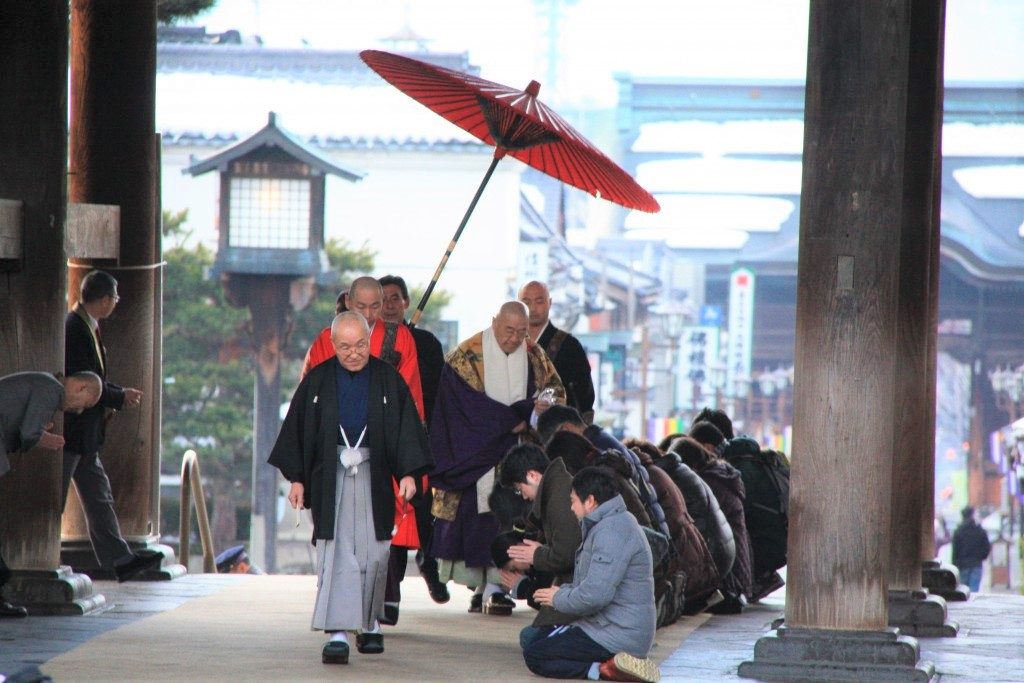
Indeed, relatively few Japanese today will identify as Buddhist if asked directly, and most of the younger generations will not be overly familiar with many of the more specific Buddhist teachings. Nonetheless, you will still find many visitors coming to pray at temples, and the cultural influence of Buddhism is large across all sections of society. In this way, many parts of Buddhism have become uniquely Japanese, interacting with the local culture and religions to produce a number of sects which are found only in Japan, or are practiced differently in Japan than the land of their origin.
To cover the origin and beliefs of all Japanese Buddhist sects would require a a lot of time and ink; however, Zenkoji and its unique status as a non-denominational temple spare us that effort. As one of the first temples in Japan, it predates the schools of though which have proliferated since its founding and remains a place open to and accepting of all schools of thought with no specific affiliation. Though non-denominational, the temple is cared for by two denominations: the Jodo and Tendai Sects. With their own respective temples – the ‘Daihongan‘ and ‘Daikanjin‘ – preceding the Hondo, the historic precinct is home to many smaller temples with the ‘Niomon‘ (Guardian Gate) and ‘Sanmon‘ (Mountain Gate) marking the approach to the main temple along the ‘Omotesando‘ (Pilgrims Way).
ZENKOJI FESTIVALS AND SEASONAL EVENTS
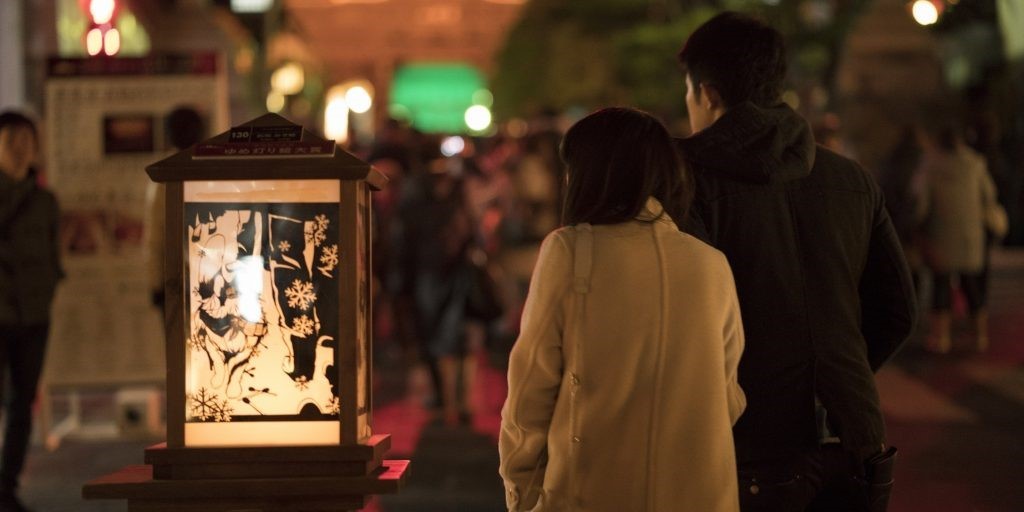
As befits any great cultural center, Zenkoji is home to many festivals and seasonal events which will make your visit all the more livelier. With daily, yearly, and irregular events, there will always be something for you to regardless of when you visit.
‘O-Asaji’ & ‘O-Juzu Choudai’
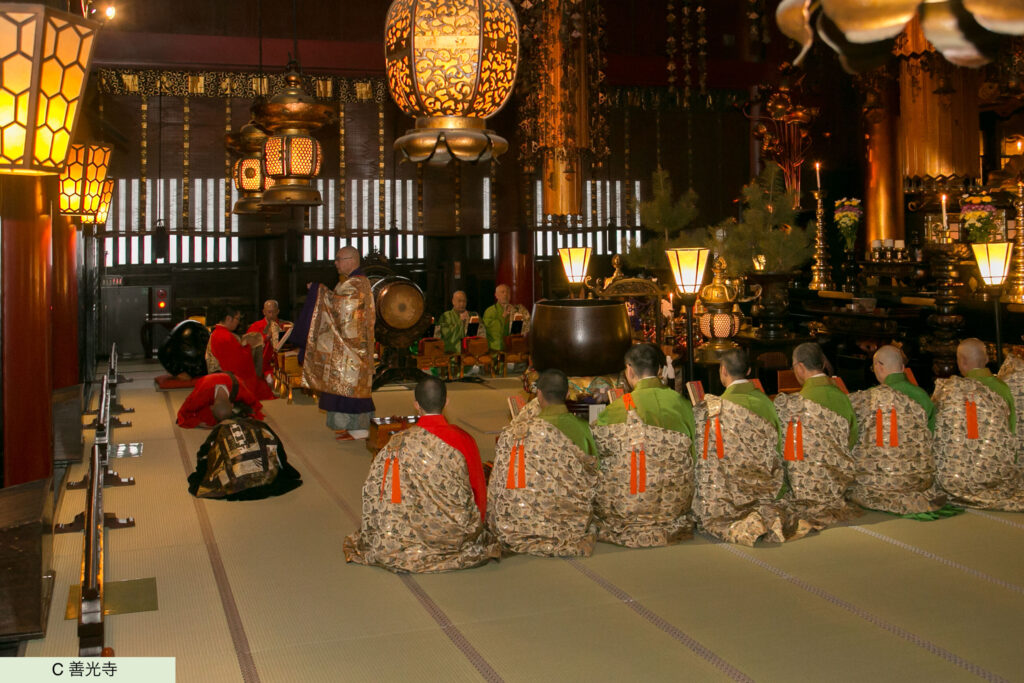
Referred to as the ‘o-asaji’, the ceremony takes places every morning of the year, led by the head of the Tendai and Jodo sects and welcomes anyone to participate regardless of background or faith. Shortly after sunrise, the head of each sect will walk from their respective temples to the Main Hall and lead the attendant monks and nuns in an ancient ritual, as sutras are recited and chanting evokes an otherworldly atmosphere.
Each ceremony takes 30 minutes to complete, meaning the overall ceremony lasts approximately 1 hour and is both preceded and followed by the ‘O-Juzu Choudai’ or ‘Rosary Blessing’. As the head of each sect moves to and from the temple, attendants line up and kneel before them, awaiting their blessing with the soft touch of a rosary upon their heads. This simple act is said to ensure a peaceful death and entry into the Buddhist paradise; a blessing which visitors can obtain four times during any one ceremony as the heads of both sects move to and from the main hall.
Taking place shortly after sunrise, ceremony times vary throughout the year. From October until April, expect a start time between 6 to 7AM with ceremonies conducted between May and September starting between 530 to 630AM. There is no charge to enter the temple grounds and receive the rosary blessing however should you wish to sit inside the main hall in observation of the o-asaji ceremony, you will be required to pay JPY600 for entry into the inner sanctuary. For the exact timing of the ceremony through the year, please refer to the temple schedule.
“Gokaicho”
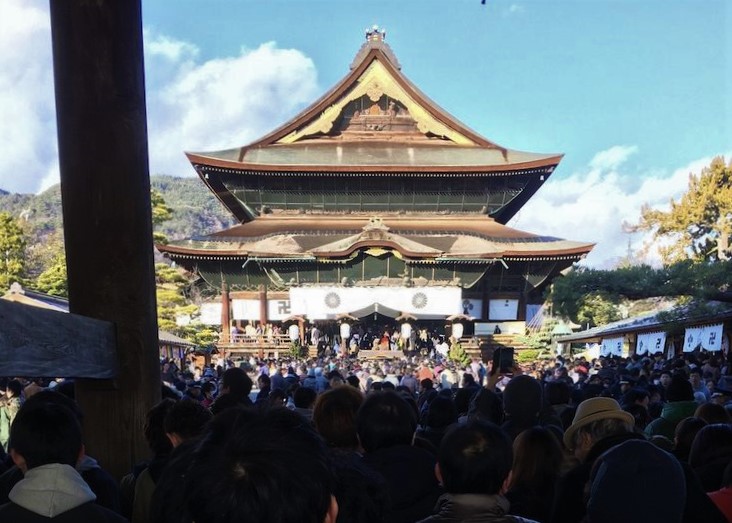
Held every 6 or 7 years – the ‘Zenkoji Maedaichi Honzon Gokaicho’ or more simply, the ‘Gokaicho’, celebrates the history and heritage of Zenkoji with the public display of the ‘Maedachi Honzon’ – a replica of the hidden statue that is housed in the temple (you can see an imitation of the original and replica statue in the image below). Said to be the first Buddhist statue brought into Japan, sometime in the 6th century, it remains hidden from view, never to be seen by human eyes again. A replica of the statue was carved in the 14th century – meaning that while hidden now, the original statue was obviously on display at various times of its history – and is also now hidden from public view other than during this festival.
During the Gokaicho, the replica statue is moved into the inner sanctuary of the temple’s main hall and revealed to those in attendance. The statue then remains on public view for the rest of the ceremony. The festival also sees erection of the ‘Eko-bashira’ pillar in front of the temple. This large timber pillar is brought from Matsushiro and once placed in front of the temple, connected to the Maedaichi Honzon – the real statue, said to be the oldest Buddhist statue in Japan – by a rope. Attendees are then free to place their palm against the pillar in transference of energy between themselves and the statue. This simple but meaningful act and display of the replica draws millions of visitors to the temple, with specific events and ceremonies held over several months. In order to do this, the box housing the original statue is opened, the contents of which are protected by a cotton wrap. The rope is attached to this meaning that even the monks who open the protective box do not actually see the statue itself.
The last Gokaicho was in 2022, so there is still a while to go until the next one will be held in 2027 or 2028. Generally, it is held in April, and so if you are visiting Japan during the cherry blossom season during the year the Gokaicho is held it may be a great addition to your itinerary.
Tomyo Matsuri (Lantern Festival)

Held in February each year, this wonderous festival transforms Zenkoji and the main street leading up to it into a stage for hundreds of beautifully designed Japanese lanterns. With each one having unique artwork adorning it, you’ll forget about the cold as you stroll the streets and take in the lights. Created by professional artists, local residents and children, these stunning and highly intricate lanterns embody the community spirit of the festival.
This event is especially great for skiers visiting any of the nearby ski fields, and serves as a great way side trip on the way to or from your resort. As the date is subject to change each year, please make sure to check in and confirm the specific dates before planning your trip.
THINGS TO DO AT AND AROUND ZENKOJI
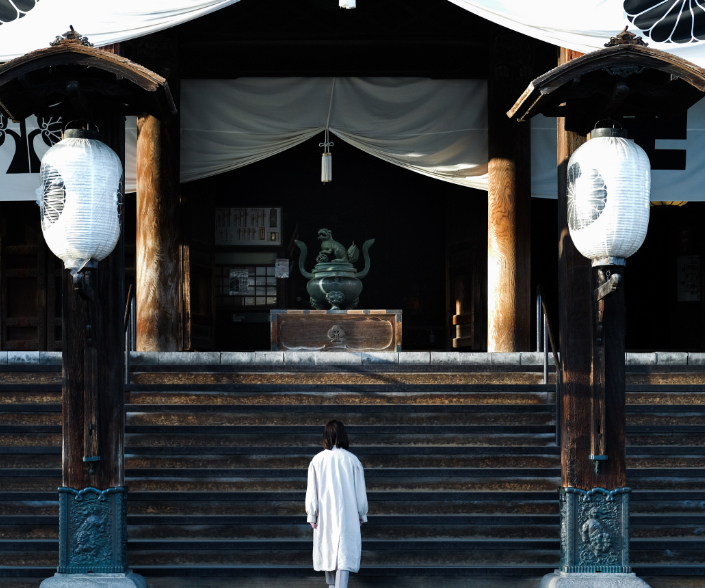
Beyond just praying, Zenkoji has a number of other activities to engage in, some of which will ease your soul while others will fill your stomach! Please continue reading below for a rundown of what there is to do at, in, and around the temple precincts.
Kaidan Meguri – Sanmon Gate – Kyouzou Spinning Library – Fire Ceremony – Zen Meditation – Calligraphy –Sake Tasting – Souvenir Shopping – Street Food
Kaidan Meguri

One of the most unique activities at Zenkoji, the ‘Kaidan Meguri’ is the term used to describe descending into a pitch-black tunnel located under the temple and searching for the exit in complete darkness. A metaphor for the cycle of death and rebirth, those who are afraid of the dark should perhaps avoid this trial – but if you are brave enough, you will find a contemplative and otherworldly experience awaiting.
To try the Kaidan Meguri, you will need to purchase the Main Hall entry ticket inside of Zenkoji, which costs 600 Yen. Alternatively, you may also purchase the combination ticket for 1,200 yen which includes entrance to the Sanmon Gate and the Kyouzou Spinning Library (more details below).
Sanmon Gate

Built around the same time as the main hall in the 1700s, this gate offers great views to those who ascend to its upper level. With only a steep stair case to reach the top, a basic level of physical ability will be required, however for those who are able to make it the views over the main hall, surrounding streets, and nearby mountains will make it worth it.
The Sanmon Gate can be entered by purchasing a 600 yen entry ticket at the bottom of the gate, or by using the combination ticket for 1,200 yen which includes entrance to the Main Hall and the Kyouzou Spinning Library.
Kyouzou Spinning Library

Located to the left side of the main hall, the Kyouzou Spinning Library is an interesting device housed in a small building. Looking something like a large cylinder, and containing many Buddhist sutras, or scrolls, inside, the whole device can be spun by pushing any of a number of spokes which protrude out from the side. Although it requires some pushing to get it going, it is remarkably easy to spin a very large and heavy object thanks to the engineering used in the construction.
Entrance can be purchased inside the building for 300 yen. Alternatively, you may also purchase the combination ticket for 1,200 yen which includes entrance to the Sanmon Gate and the Main Hall.
Join a Mawari Goma Fire Ceremony
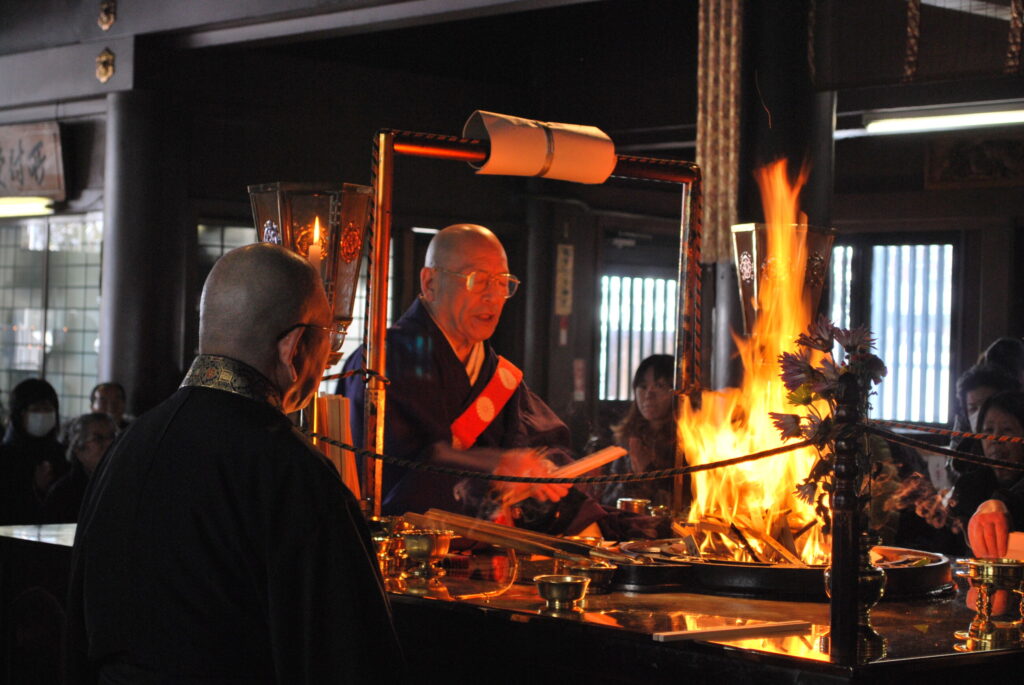
Buddhists believe that we must subjugate and ultimately rid ourselves of worldly desires in order to see the true nature of existence. In order to guide and support us in that goal, qualified monks perform ‘Goma Prayer’ or ‘Fire Ceremony’ in which wooden prayer sticks are burned in a consecrated flame in an act that is believed to be spiritually and psychologically cleansing for participants. The eradication of negative energies, detrimental thoughts, and other impediments, aids us on our journey toward enlightenment and transmutes your visit to Zenkoji into a personal and cathartic experience.
Please click on the above link for more information on how to get in contact with the temple and book this experience.
Practice ‘Zazen’ Meditation
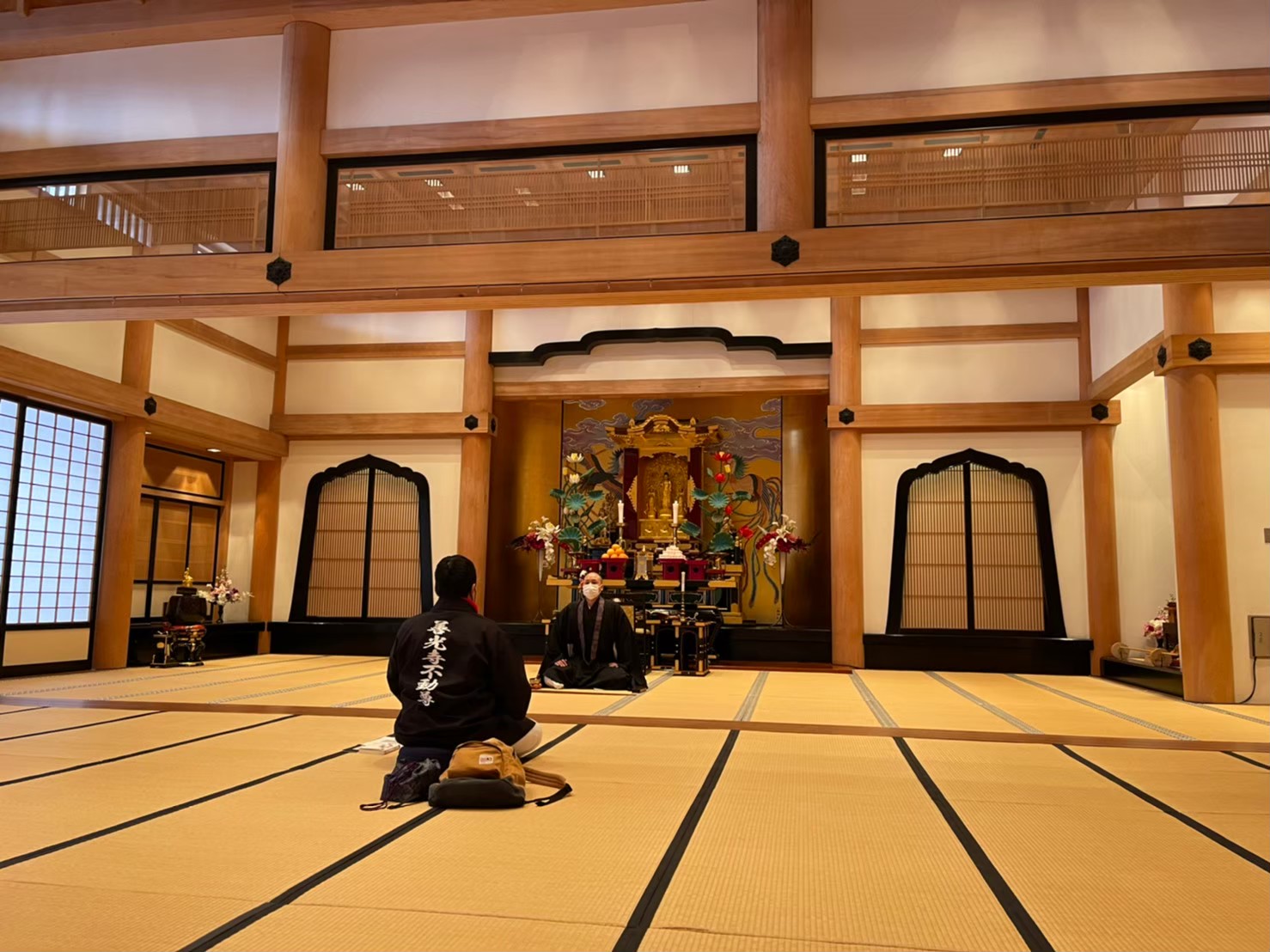
Now famous around the world, Zen meditation has roots in Japan going back centuries. Particularly popular with the Samurai class during the middle ages, it now attracts all kinds of people who wish to take some time out of their busy schedule to focus on the simple things. ‘Zazen’ or ‘Seated Meditation’ focuses practitioners on their posture, breathing and mindfulness. In doing so the body and mind find unity and in the quiet stillness of the practice, we become present in the moment, free of distraction, and open to the true nature of existence. Whether you are experienced in the practice of meditation or trying it for the first time, undertaking ‘zazen’ guided by a monk at one of Japan’s most important temples, will leave an indelible mark on you and your understanding of Buddhist culture.
Please click on the above link for more information on how to get in contact with the temple and book this experience.
Try Your Hand at Shakyo Meditation
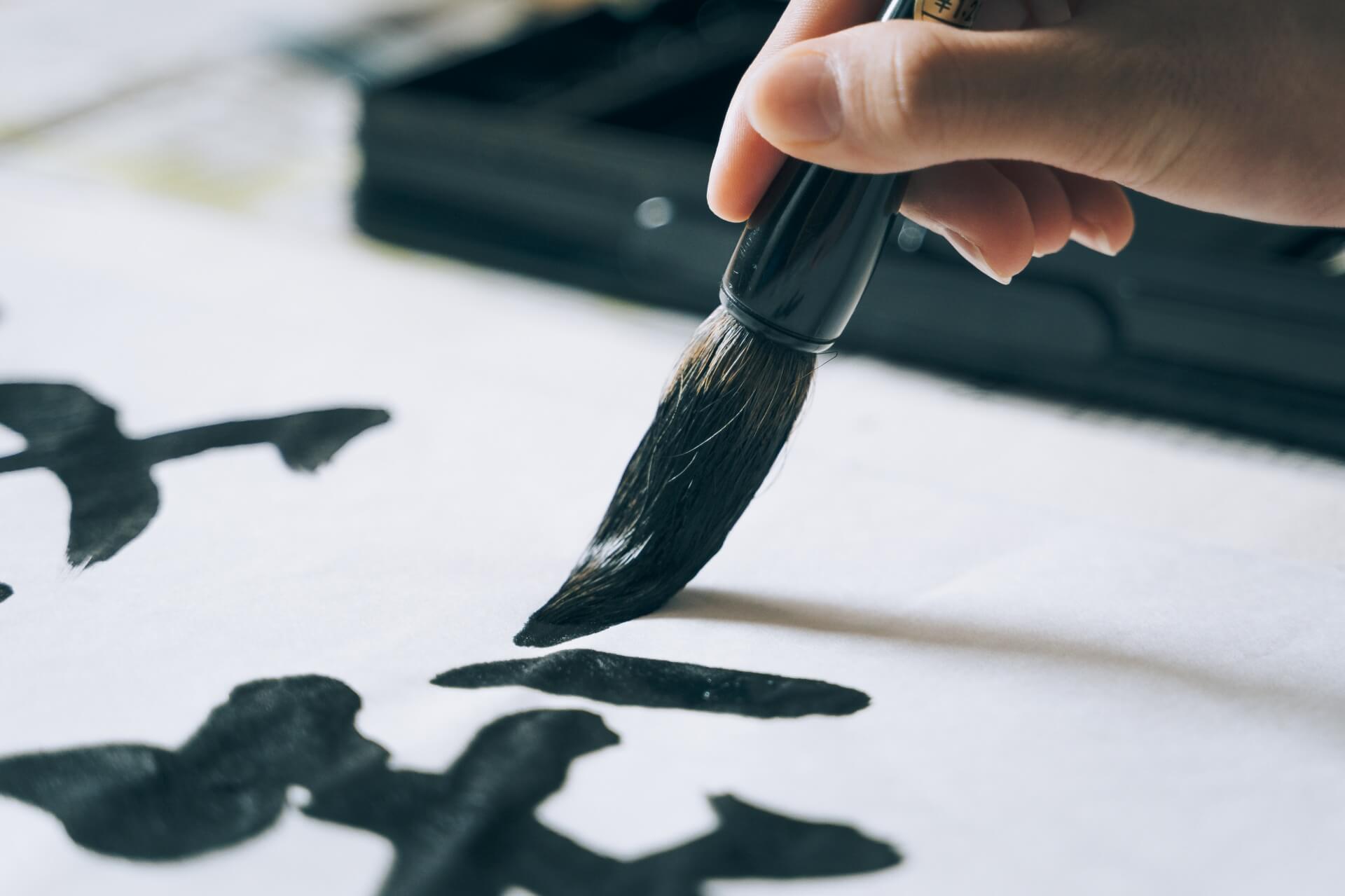
The teachings of the Buddha have been passed down to us in the form of written ‘sutras’ or religious scripture. By tracing the sutras in a form of calligraphy called ‘shakyo’, Japanese believe the words flow through you, and through the silence and awareness this studied practice, the body and mind harmonize together in a form of meditation. You can experience this practice at Zenkoji, instructed by one of the resident Buddhist monks. This practice is equally rewarding for Buddhists and non-Buddhists alike, affording the practitioner with tranquility and peace of mind as their hand and brush follow sutra to completion.
Please click on the above link for more information on how to get in contact with the temple and book this experience.
Taste Test Local Sake
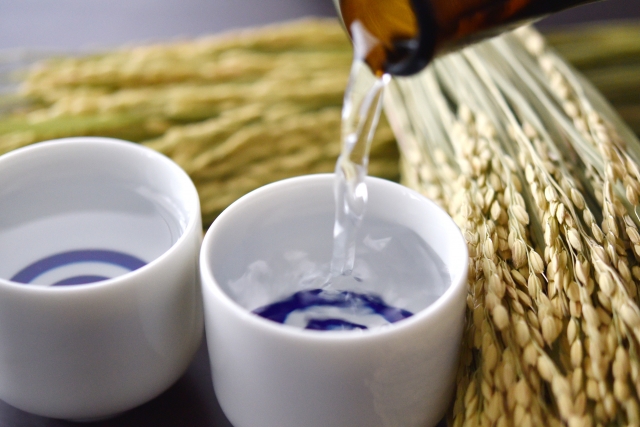
Nagano Prefecture is famous for making delicious Sake, or Nihonshu, due to its pure waters and cold winters. Of course, buying a whole bottle without knowing the taste first may be a little daunting, so why not try some samples before committing? Our tour of Zenkoji and the Snow Monkey Park includes a stop at a local Sake Brewery, where your guide will carefully explain how Sake is made, the differences in quality between different varieties of Sake, and anything else you want to know about the national drink of Japan.
Buy Some Souvenirs to Remember Your Visit
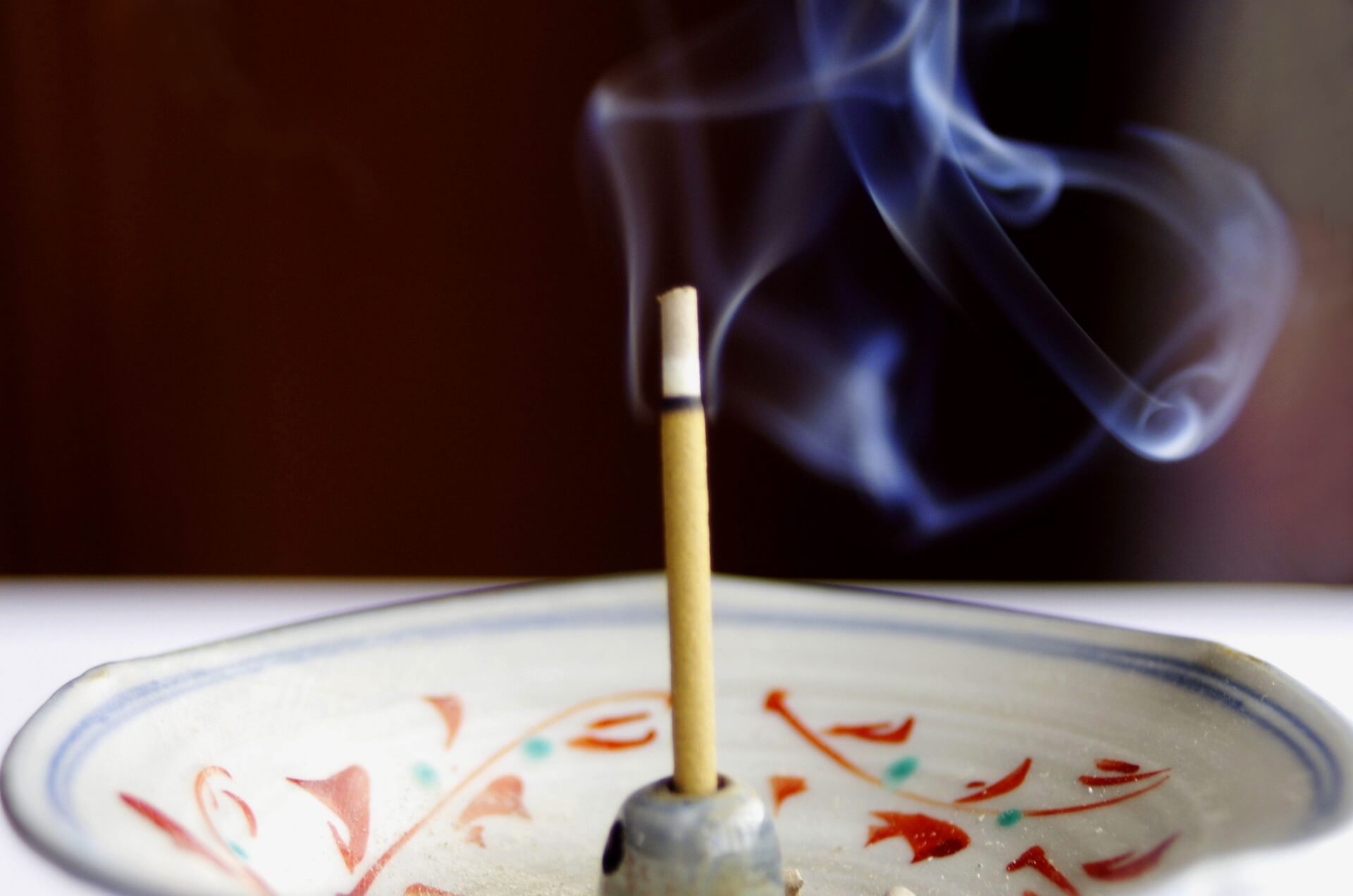
The area around Zenkoji is packed full of shops selling all manner of goods, including both Buddhist paraphernalia and more secular items perfect to bring back as gifts for your friends, or to yourself!
Shichimi Spice: In general, Japanese food does not utilize spicy ingredients; while Japan’s neighbors Korea and China are known for spicy dishes, Japan ranks around the same level as England when it comes to spice tolerance! However, Shichimi spice mix, which is a seven spice blend, is one of the most famous souvenirs in the Zenkoji area. This is attributed to the long history of the pepper store which invented Shichimi, ‘Yawataya Isogoro’, founded more than 270 years ago when Japan was in the Edo period. Each of the seven spices, which are red pepper, ginger, sesame, and four other spices of Japanese origin, are blended to create the best mixture of flavor. Shichimi is commonly used to add some extra kick to various kinds of dishes, such as Soba, Gyuudon, and even Pasta. They also have a variety of spiced snacks and ground peppers with different levels of spiciness, with the highest being the ‘Bird Eye’ for those who can handle a bit of heat. The headquarters of the business is located right before the Zenkoji pilgrimage path on the right hand side, at 83 Daimoncho Nagano-city, Nagano.
Incense: Closely linked with Buddhist rituals, incense of many different scents can be found for sale at Zenkoji, with Zenkoji branded incense sticks available at the shop immediately on the right hand side of the main hall. Useful for observing Buddhist rites or just freshening up your room, incense is easy to transport and makes for a great way to bring a piece of the temple home with you.

Omamori: Found at both temples and shrines in Japan, Omamori are small charms that can be used to wish for good luck, safety, business success, and more! In Japan, it is common to have omamori in your car, attached to your child’s backpack, or placed in your house or purse to protect you and your loved ones from the evils of the world. Zenkoji has a large selection of omamori, including many designs unique to the temple or with cute characters displayed on the body of the omamori. These can be found for sale inside the main hall, and in case the main hall is closed, there is an additional omamori vending machine outside the front.
Eat Street Food
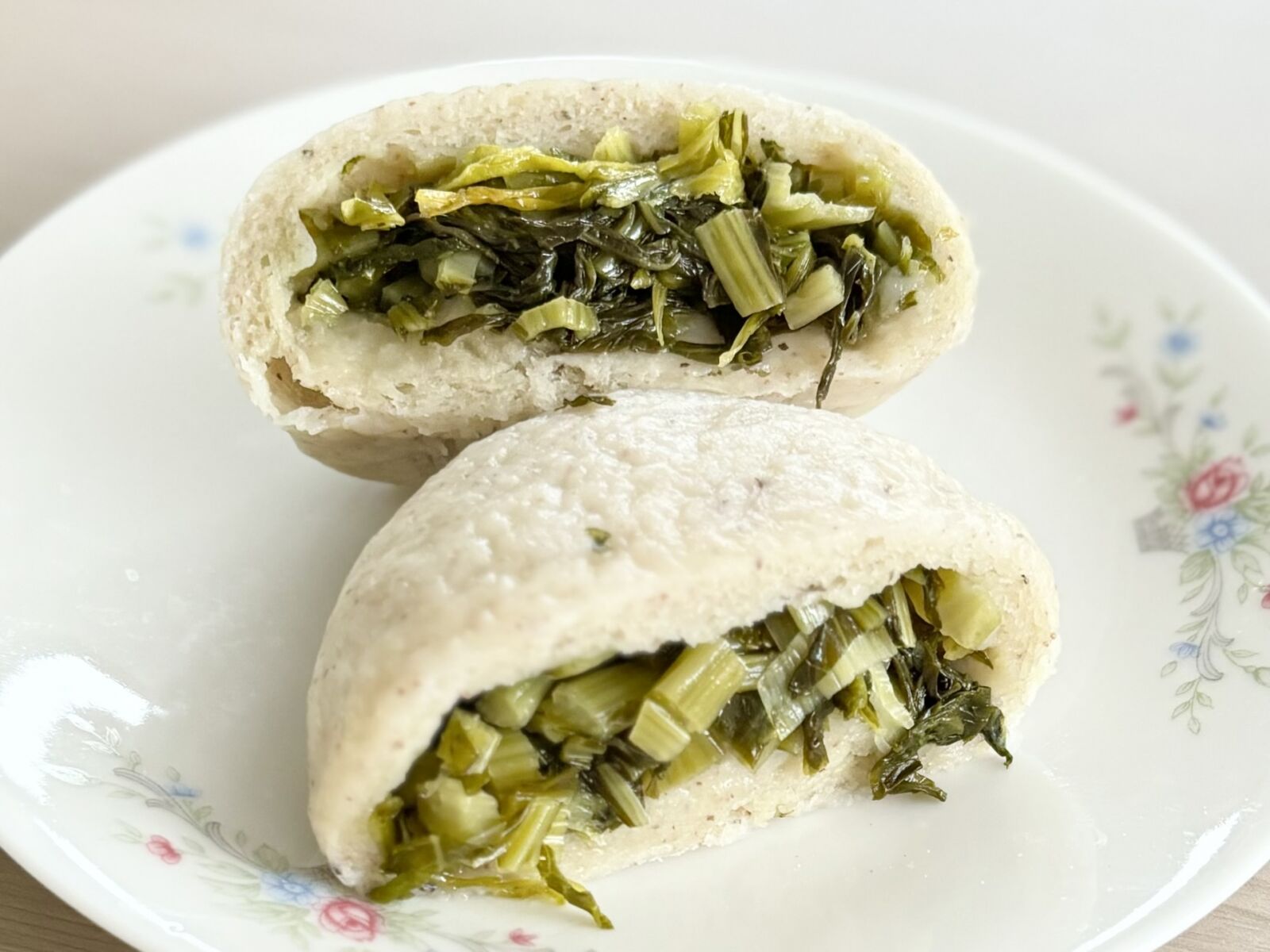
With so many pilgrims and visitors milling around, it makes perfect sense that the road leading up to Zenkoji has a number of take-out focused eateries serving delicious snacks or sweet desserts. In particular, Nakamise Street, which leads directly into the temple and is closed to vehicle traffic, is a great place to browse what is available. Before or after visiting the temple, we highly recommend trying some of the local delicacies such as:
Oyaki: One of the most famous foods in Nagano, oyaki are wheat buns filled with various kinds of vegetables. Popular fillings include Nozawana (mustard greens), Kabocha Pumpkin, and Anko (red bean paste), but there are many more to try, including more experimental flavors like beef and cheese! Perfect to top up your stomach before continuing sightseeing, oyaki can be found for sale around Zenkoji.
Senbei: Also known as rice crackers, senbei are the classic Japanese crunchy snack. Traditionally eaten by travelers on the go, and coming in many flavors, senbei today still retain their spot as one of the top things Japanese reach for when their stomach grumbles.
Ice Cream: If you spend some time in Japan, you will notice that ice cream is everywhere, and Zenkoji is no exception. While vanilla is of course on offer, more unique flavors such as chestnut and miso can also be found! Miso in particular is a rare flavor to find, and while it may sound weird, the saltiness of the miso compliments the sweetness of the ice cream perfectly.
Apple Pie: Nagano is famous for its apples, and there are few better ways to enjoy them than in pie form. Keep a look out on Nakamise street for apple pies and bite into to something that Nagano does better than almost anywhere else!
… And More: There are always new shops opening on the dynamic Nakamise street which leads up to Zenkoji, and you will be able to find unique foods of all kinds. Japanese castella cake, tea lattes made with roasted green tea or matcha, coffee (there’s even a Starbucks), and other offerings are waiting to delight your tastebuds in this temple town.
NIGHTLIFE IN NAGANO: AFTER DARK AROUND ZENKOJI
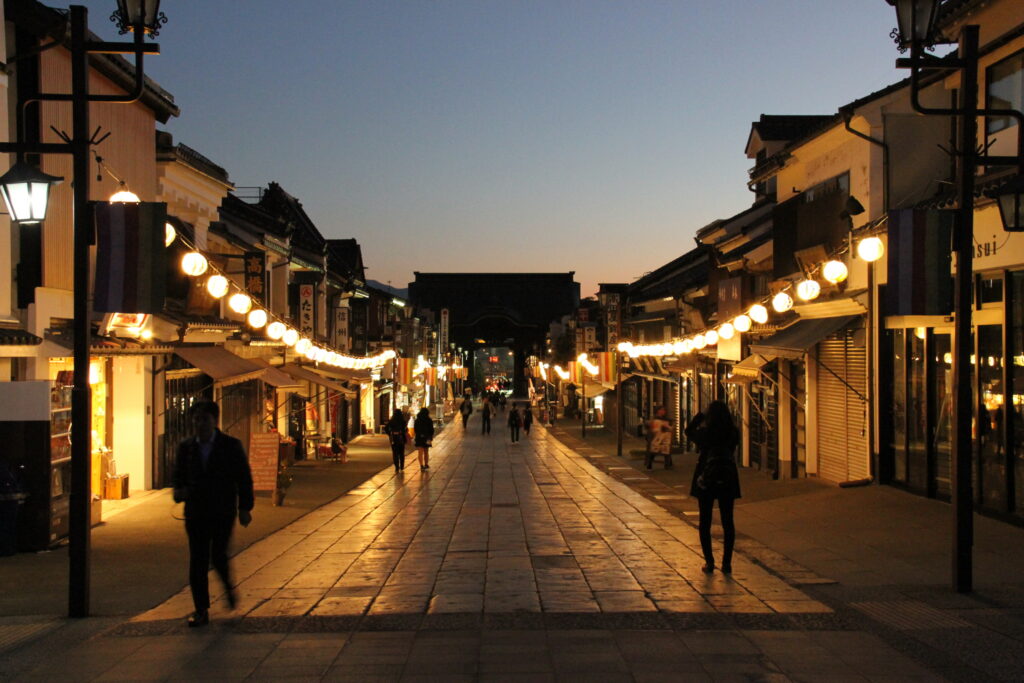
As the sun goes down the temple empties of visitors. Many if not most stroll back to Nagano Station, back to their hotels, dinner, or onto other destinations. However those who linger will discover that as the light fades and visitors disperse the complex fills with shadows, and the the sentinel guards of the ‘Niomon’ are lit-up, casting their endless vigil with dark intensity. The temple grounds remain open at night, and while the doors of the main hall will be closed, a stroll through the district will reveal a beauty completely different to that of the daytime.

For those wanting to explore a little further, Nagano’s Gondo-dori precinct is a short walk from Monzen Terrace Enya. Heading down Omotesando (the main road leading back from the temple to the station), you will pass a covered street on your left after about 5 minutes (there is a 7-11 directly across the road). The passageway of Gondo-dori and the laneways running it off cater for those wanting to keep the night going with a range of bars, izakayas, and other restaurants including Beerhall Topi, and Bistro & Bar Nagi.
For those who wander a little further, the area in front of Nagano Station on the Zenkoji side is also packed to the brim with restaurants, bars, izakaya, and all manner of entertainments. If your hotel happens to be near the station, a bar-hopping journey from Zenkoji all the way back would be easily doable with a few stops in at the Gondo Arcade and the drinking district in front of the station.
DINING AROUND ZENKOJI
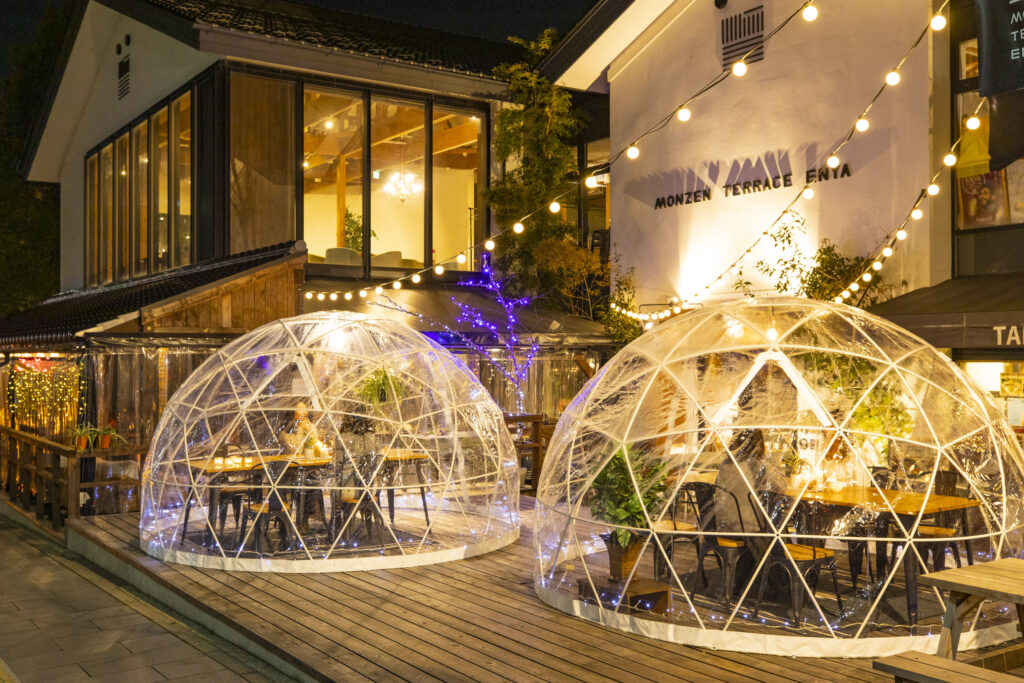
Fitting its status as the prefectural capital, Nagano City is blessed with many great options for both dining and accommodation. While not as densely populated as Tokyo or Osaka, you may still be surprised by the variety and depth of cuisine on offer in this sometimes overlooked city. Here are our recommendations in the area:
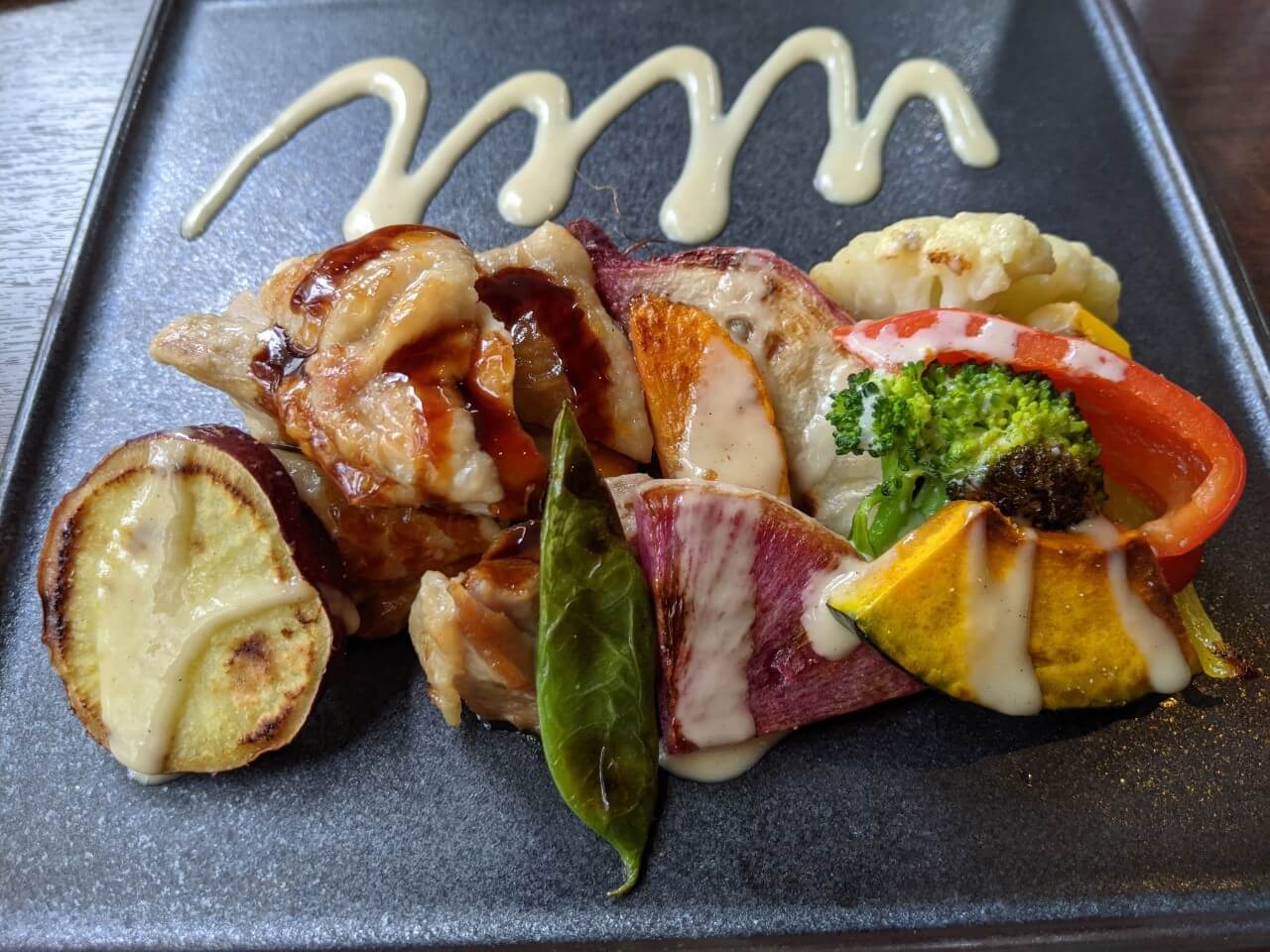
Monzen Terrace Enya: This happening place fuses Japanese classic dishes and Western cuisine in an exciting menu sure to suit all tastes. With extensive sushi and sashimi options, popular local dishes including Nagano wagyu beef and Fukumidori-style chicken, along with pizzas, vegetarian options and a great cafe menu, Monzen Terrace Enya offers both indoor and outdoor seating – a great place to soak in the atmosphere and enjoy a great meal!

Daimaru Soba: Daimaru Soba is one of the most famous soba (buckwheat noodle) places in Nagano City. They make their soba by hand, something you can see through their shop window. If you’d like a side to the soba, you can ask for tempura made of local fresh vegetables. There is also handmade udon for those wanting to mix it up.
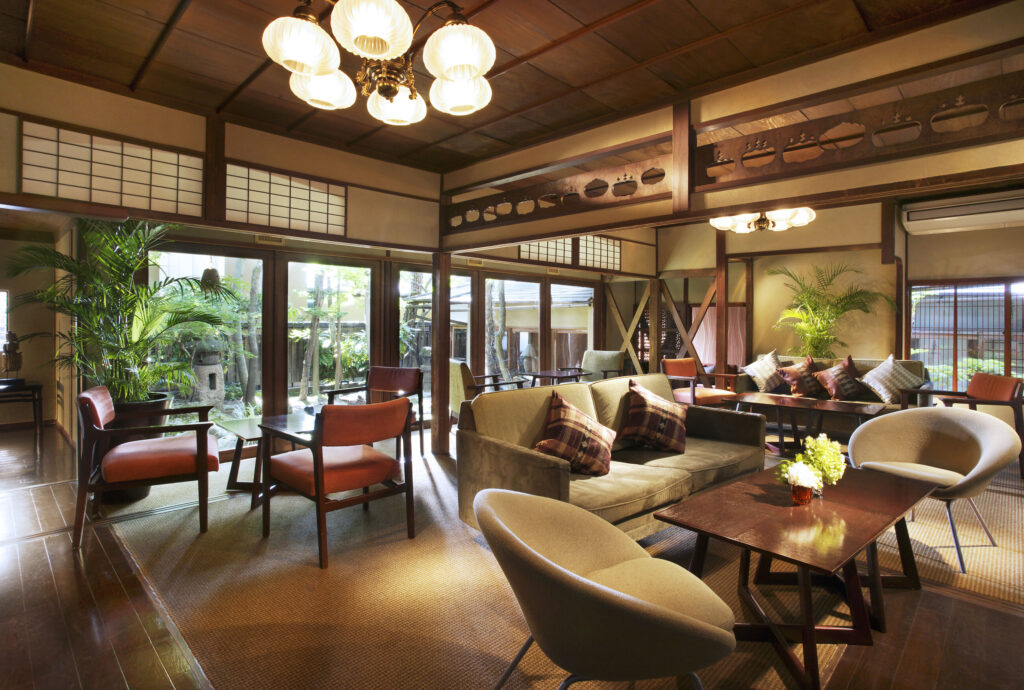
Fujiya Gohonjin: If you’d like to class it up for a night, a recommendation would be the Fujiya Gohonjin restaurant. This restaurant combines the Italian and Japanese kitchen not just in the food served, but in the look of the place as well. The Fujiya Gohonjin is famous amongst Nagano residents for the elaborate weddings held there and for the very tasty food. The restaurant has an English menu.
ACCOMMODATION AROUND ZENKOJI

There is no shortage of accommodation nearby Zenkoji temple, and it is likely that you will be able to find something that suits your tastes. Both traditional and modern options are available, including some inns within the grounds of Zenkoji.
Shukubo
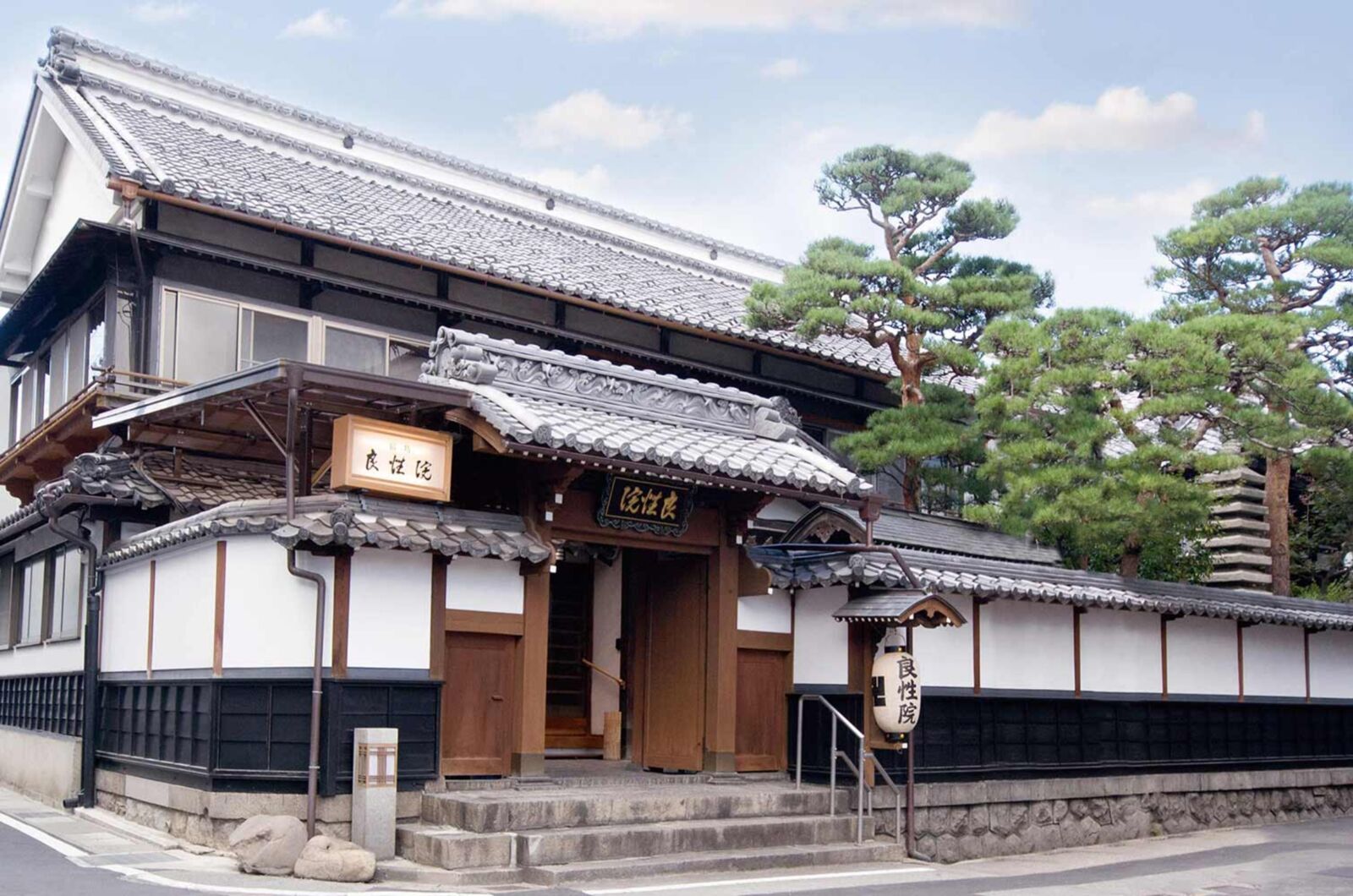
2 Day Tour
| Tea Ceremony and Zenkoji Experience Tour with ‘Shukubo’ Stay | |
|
| |
| Period | All Year Round |
| Time | 12:15-16:30 |
| Meeting Place | Nagano Station |
| Adult Rate | ¥33,800 |
| Child Rate | ¥26,800 |

One of the most authentic ways to stay at Zenkoji is to spend the night in a shukubo, a kind of traditional inn prepared for pilgrims to the temple. Purely Japanese inside and out, shukubo offer a great way to make the most of your stay in Nagano by avoiding the usual business hotels. Although shukubo have more rules than your average accommodation, it is all part of the experience and their location within the precincts of Zenkoji is great for travelers looking to attend the morning ceremony, which is done very early in the morning. For the easiest way to stay in one, take a look at our tour above, which includes a guided tour at Zenkoji and some other activities around Nagano as well as a stay in a shukubo.
Hotel Kokusai 21
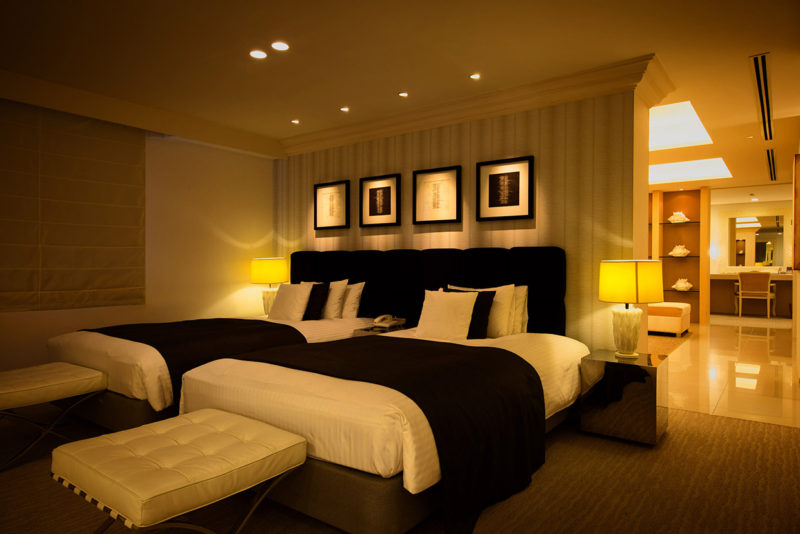
Full-service
International Hotel
| Hotel Kokusai 21 | |
|
| |
| Area | NAGANO CITY & TOGAKUSHI |
| Type | Hotel |
| Feature | 24 Hour ReceptionBar/LoungeConcierge ServicesEnglish-SpeakingFamily RoomsFree WifiPrivate BathroomRestaurantRoom ServiceShuttle ServiceToursWestern Rooms |
| Price | JPY8,000 ~20,000 / pp |

For a modern, western style accommodation located not far from Zenkoji, Kokusai 21 will be your best option. Built for the 1998 Nagano Winter Olympics, this large hotel offers many different styles of rooms, including spacious luxury suites, and also has multiple restaurants including Japanese, Chinese, and Western cuisine. Great for solo travelers, couples, or families and larger groups, this is our usual recommendation for anyone looking to stay in Nagano. With many of our tours offering pickup directly from Kokusai, including our tour of Zenkoji and the Snow Monkey Park, it is extremely convenient for our guests to stay here. For more information and to request a quote, please click on the banner above.
TOURS AND CHARTERS VISITING ZENKOJI
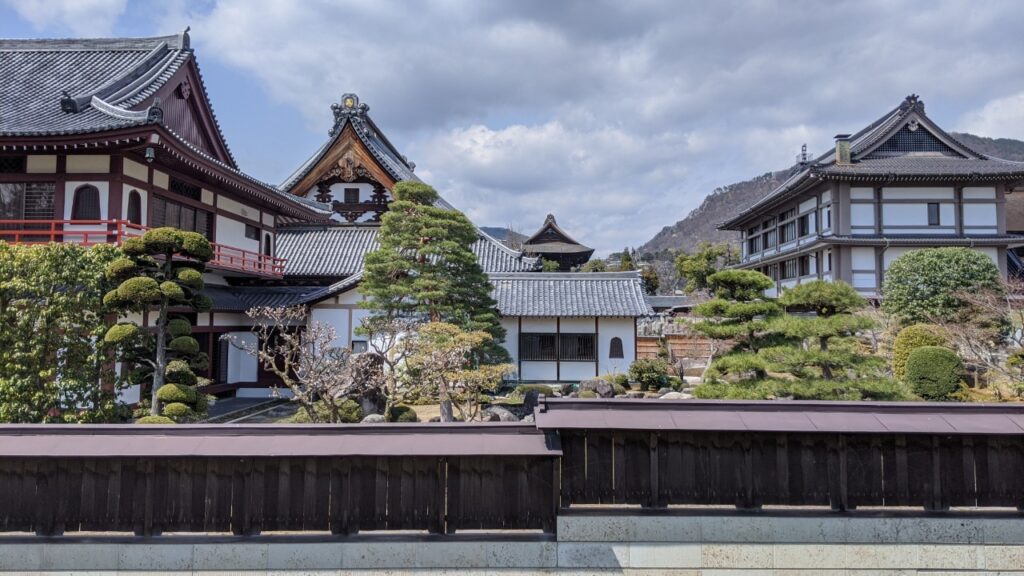
As one of Nagano’s highest rated tour providers, and locally based in Nagano City, we are proud to offer a number of tours including a visit to Zenkoji. Our English capable, friendly guides are ready to help you make the best of your trip in Japan with insightful commentary and knowledgeable recommendations. With group tours, private tours, and private charters available, we are sure that we have something to fit your needs.
1 Day Tour

| 1-Day Tour: Snow Monkeys, Zenkoji Temple & Sake in Nagano | |
|
| |
| Period | All Year Round |
| Time | 09:35 – 17:35 |
| Meeting Place | Nagano Station Hakuba (winter only) |
| Adult Rate | ¥17,800 |
| Child Rate | ¥11,000 |

One of our most popular group tours, this eventful day will have you visit the Zenkoji temple, taste sake at a local brewery, enjoy lunch Japanese style, and last but certainly not least, see the Snow Monkeys of Jigokudani! Perfect for all ages and group sizes, there is not better way to see the best of what Nagano has to offer in a single day. By using the bullet train to reach the meetup point, Nagano Station, you may even partake in the tour as a day trip from Tokyo. And in winter, pickup from Hakuba is offered, making for an easy way to enjoy a day off from skiing with no hassle.
Private Tour
| [START FROM NAGANO CITY] Private Snow Monkey Tour | |
|
| |
| Period | All Year Round |
| Time | 09:00 to 17:15 ~ 18:30 |
| Meeting Place | Any location in Nagano City |
| Price | ¥122,000 ~ / group |

For larger groups, or people looking to move at their own pace, our private tour of Zenkoji and the Snow Monkey Park will be a perfect fit. With a similar itinerary to the above group tour, but also including a stop at the charming town of Obuse, this tour covers everything you could want out of a day in Nagano City. With pickup available from a number of destinations, there is no simpler and more enjoyable way to make the best of your day.
1 Day Tour
| Half-Day Tea Ceremony and Zenkoji Experience Tour | |
| Period | All Year Round |
| Time | 12:15-16:30 |
| Meeting Place | Nagano Station |
| Adult Rate | ¥14,500 |
| Child Rate | ¥9,900 |

Zenkoji has a lot to offer, and on this fun half day tour your guide will lead you right into the heart of its history and traditions. Including a tea ceremony experience, sake tasting, and even a Buddhist Fire Ceremony, you can enjoy Japan’s unique culture in only a short amount of time. Click the banner above for more details!
2 Day Tour
| Tea Ceremony and Zenkoji Experience Tour with ‘Shukubo’ Stay | |
|
| |
| Period | All Year Round |
| Time | 12:15-16:30 |
| Meeting Place | Nagano Station |
| Adult Rate | ¥33,800 |
| Child Rate | ¥26,800 |

For those who really want to get to know Zenkoji, this tour with an included overnight stay at a shukubo, or pilgrims inn, is ideal. With a focus on Zenkoji and its surroundings, you will come away with a new appreciation for the sights, sounds, and flavors of this centuries old temple. The activities on the first day will be the same as the above half-day tour, but when everyone else is going home you will instead be checking in to your room at the shukubo! Book now to secure your room for the night.

We also offer full private charter services, using our fleet of clean and modern vehicles. Our friendly and well trained drivers will pick you up from wherever you are, and drop you off wherever you want to go (within the Central Japan region, that is!). While Japan’s public transport is great, our door-to-door service removes the need for rushing to switch trains, or hauling luggage up and down flights of stairs. Please click HERE for more information on pricing and availability.



